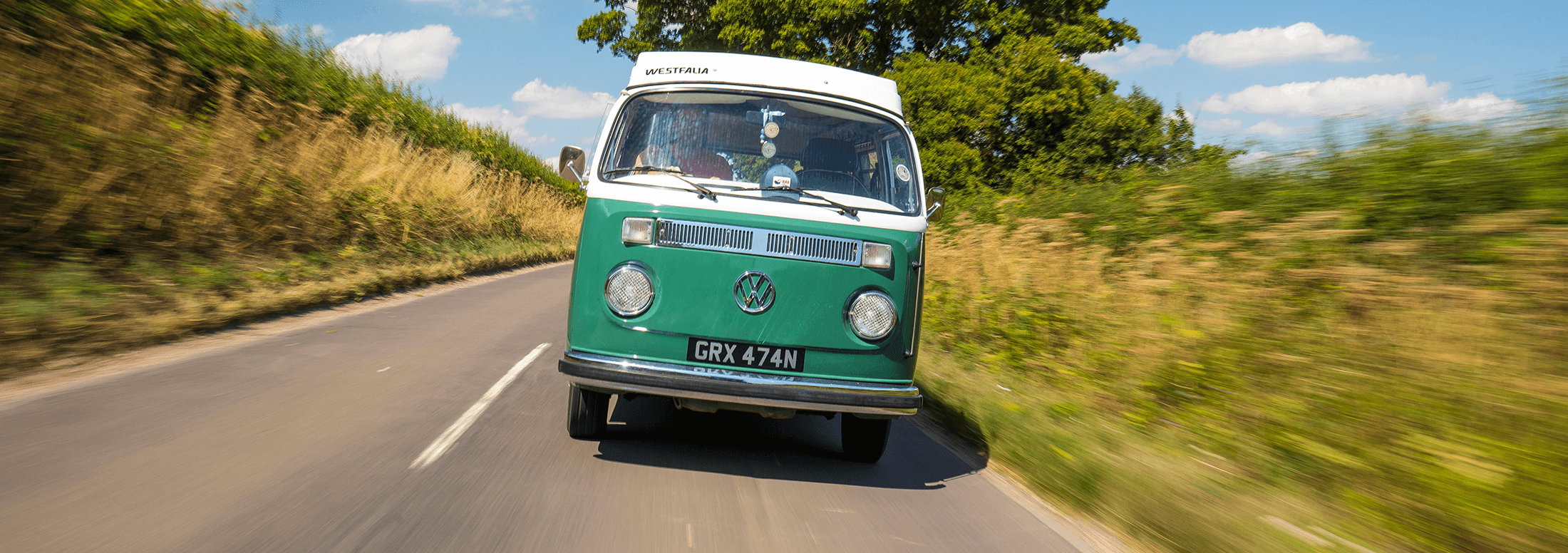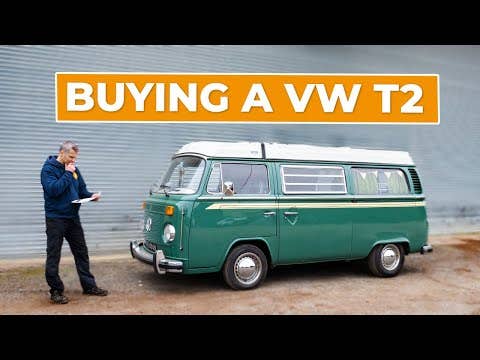The second-generation VW Transporter, the Bay Window is as iconic as its Split Screen predecessor, it’s arguably a better buy as well. Here’s why
Why buy a VW Bay Window Type 2?
As cool as Split Screen Buses undoubtedly are, VW found room for improvement. Split owners would beg to disagree, but in standard form, the second-generation Type 2 is a much more user-friendly machine than the Split. Roomier, quieter, bigger engines, better brakes and an altogether more refined experience make the Bay Window the ideal classic Camper.
Whilst it’s hard to believe now, there was a time when the Bay Window played second fiddle to the Split Screen. Every man, woman and their dog wanted a Split, but times have changed. These days people don’t buy a Bay because they can’t afford a Split, they buy a Bay because it’s the perfect blend of form and function. You get old-school looks but in a package you can drive and enjoy. Little things like having windscreen wipers that actually wipe the windscreen and side windows that open all the way down, rather than only sliding open a hair’s breadth make a surprisingly large difference to driving.
VW also made way more T2 Bay Windows than Splits – 1,477,330 Splits compared to 4,500,000 Bay Windows rolled out of Hanover. And that’s not even counting the Bays that were produced in Mexico, Brazil, Australia etc. So there are a lot more to go around and a surprising amount of variations on the theme, including automatics, which is not something you’ll find in any Split Screen Transporter.
Watch: Just Kampers' Classic VW T2 Bay Window Buyers Guide - What to look for when buying a T2 Bay




VW Bay Window model history
We’ve already taken the time to write a rather excellent guide to Bay Window model history that you can peruse, so have a good read of that to fill in any gaps in your knowledge.
What we will do is simplify matters by saying there are two main types of Bay Window and they’re broken down as being either Early or Late.
Early Bays were built from 1967 for the 1968 model year until 1970. In 1971 for the 1972 model year, VW offered a one year only model called the Crossover and then everything from the 1973 model year to the end of German production in 1977 is classified as a Late Bay.
So what are the differences? All early Bays have rounded, wraparound bumpers, with integrated cab steps at the front, low front indicators, rounded rear lights that are fundamentally the same as the last generation Split Screen, round/half-moon rear air vents and drum brakes all round in the 5 x 205 wheel bolt pattern.
Late Bays have chunkier, squarer bumpers, higher front indicators that are located either side of the nose vent, taller and more rectangular rear light clusters, flared rear arches, smaller engine lids, more angular rear air vents and vented steel wheels to aid cooling for the new front disc brakes that came in a 5 x 112 pattern.
A Crossover Bay is a mix of both, so has an early front and late rear end. Simple as that.
What’s best? An Early or Late VW Bay Window?
Who are we to say? There was a time when people chose an Early Bay for its looks or a Late Bay because they had bigger engines, disc brakes and they cost less to buy. Those days are gone and a Bay is now a Bay. You can and a lot of people do upgrade Early Bays to run disc brakes and bigger engines and prices have pretty much levelled out. So, the only thing to choose between them is the styling.
Do you like the more rounded looks of an Early Bay or do you prefer the chunky squarer styling of a Late Bay? It’s actually easier if you have don’t have a preference as it opens up your buying opportunities quite considerably and it will save you money in the long run if you go off condition, rather than a particular model year.
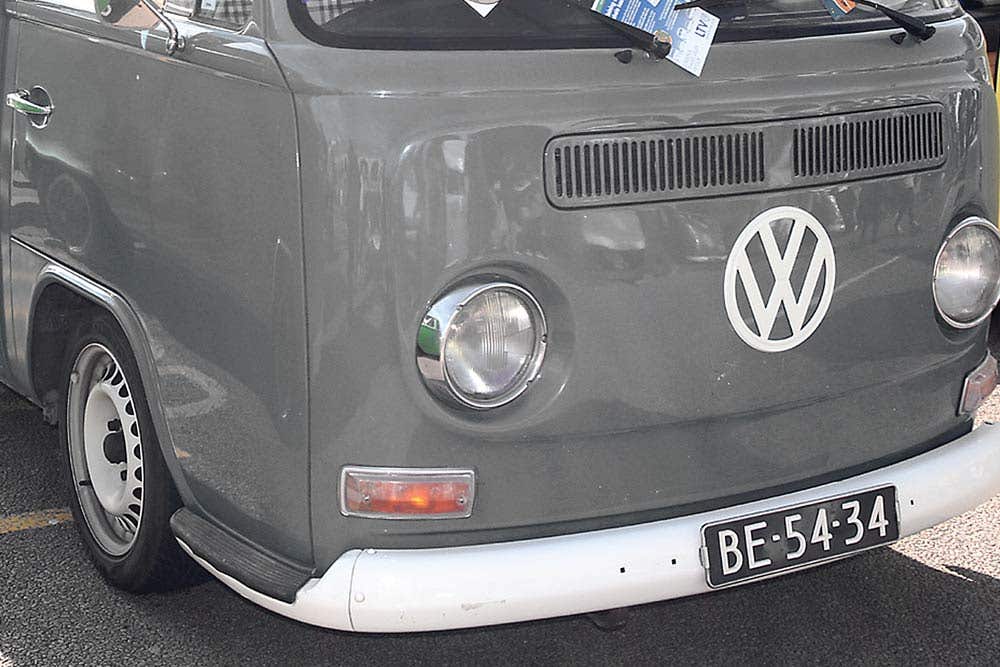

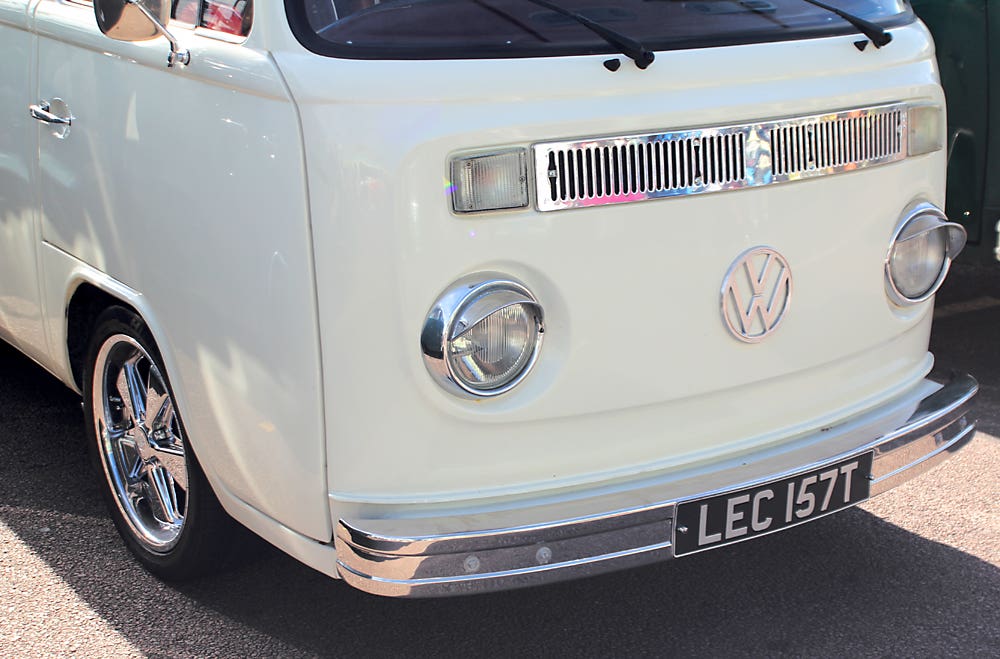

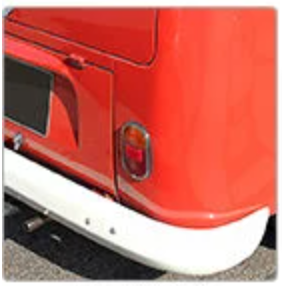

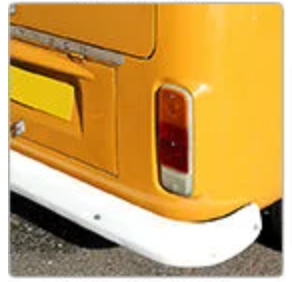

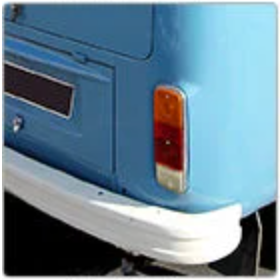

Left or right-hand drive?
A lot of people are put off buying a left hooker simply because they’ve never driven anything with the steering wheel on the other side, but they really shouldn’t be. Most people only need a quick spin around the block to acclimatise to the new driving position. All of the controls are in the same locations and whilst being close to the curb might feel a little strange to begin with, you’ll soon get the hang of it. Also, you might come to prefer it as it means you always climb in and out of the Bus on the pavement side and you can tuck in close to the verge when meandering around narrow country lanes.
Parallel parking is so much easier too, as you can just pop your head out of the window and guide the back in easier. But there are a couple of even more powerful reasons to consider a left hooker. Firstly, there are so much more of them out there to choose from. And more importantly, you stand a much better chance of finding a rust-free example if you buy a LHD import from a drier climate. A southpaw makes a lot of sense.
Things to look out for when buying a VW Bay Window
The bodywork. Rust is the biggest issue you’ll face and it’s much easier and cheaper to replace mechanical components than it is rusted-out body panels. Hence, buy the most rust-free, unmolested example you can afford. This is why we recommend you buy a left-hand drive import. Buying a better, more expensive Bus in the first place always works out cheaper than restoring one.
You’ll be incredibly lucky to find anything these days that hasn’t had some form of rust repair or isn’t in need of some now. An original, unrestored Bus is usually a better bet than a shiny, freshly painted example. The reason being there are a lot of horribly, patched up old dogs out there and you can hide all manner of ills and bodges with filler and a quick respray. The thing is they won’t stay that way for long.
If you notice sags or cracks in the bodywork, you can bet your bottom dollar there’s filler covering up something nasty. It’s not uncommon to find rear wheel arches slapped over older, even rustier arches, so look closely for ripples in the paint, weird body contours, seams that disappear and poor panel gaps.


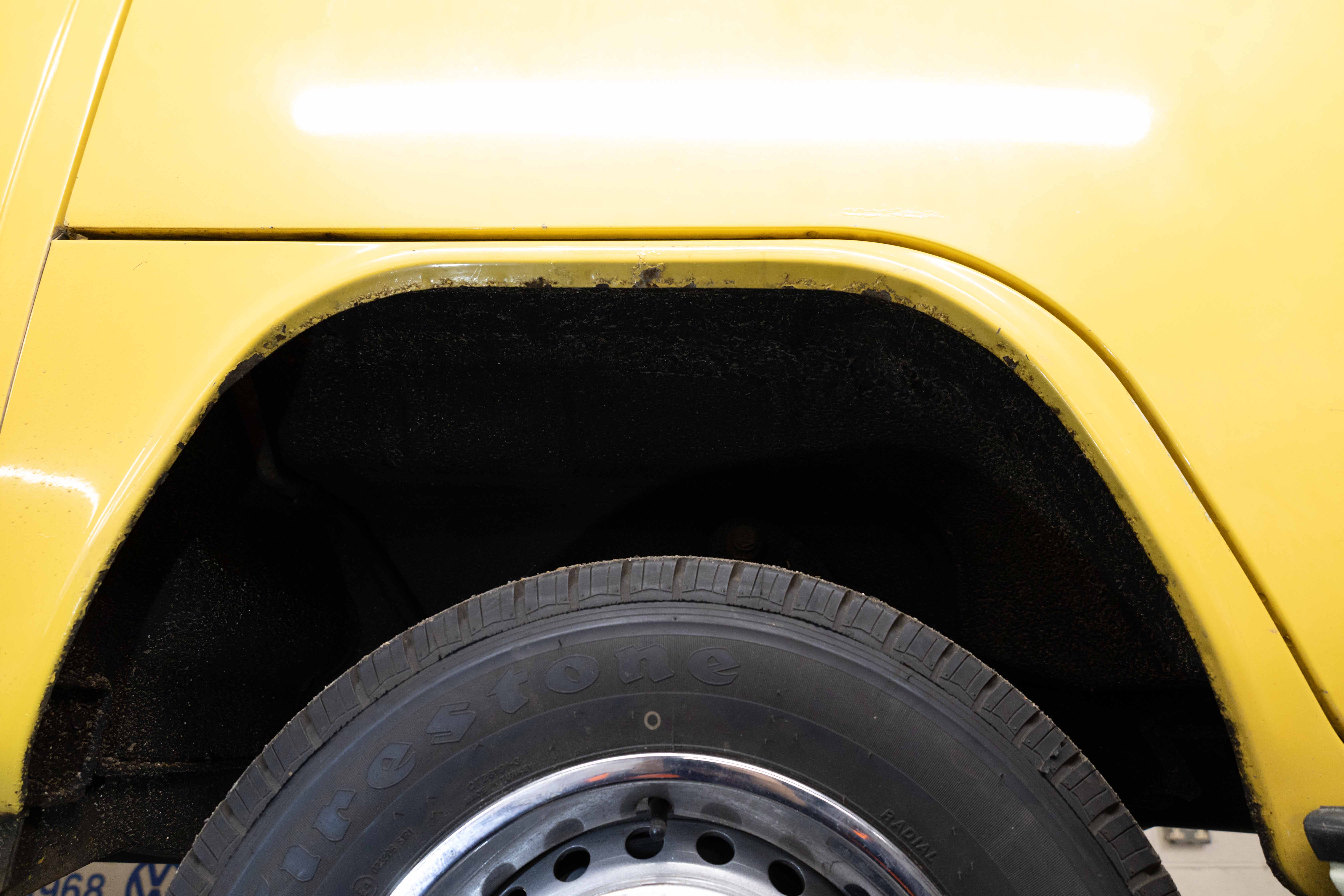

Where do VW Bay Windows rust?
How does ‘the bottom six inches’ sound for a kick-off? That’s a common phrase in VW Bus territory as the chassis, sills, front and rear arches, rear corners, front valances and the bottoms of doors, engine lids and tailgates all love to rust. The problem is most of these vehicles have spent their entire lives outdoors and in all weathers. Even when they’re not sat on driveways, they’re rolling across wet grass on campsites and mud and dirt gets thrown up inside the arches and rot sets in.


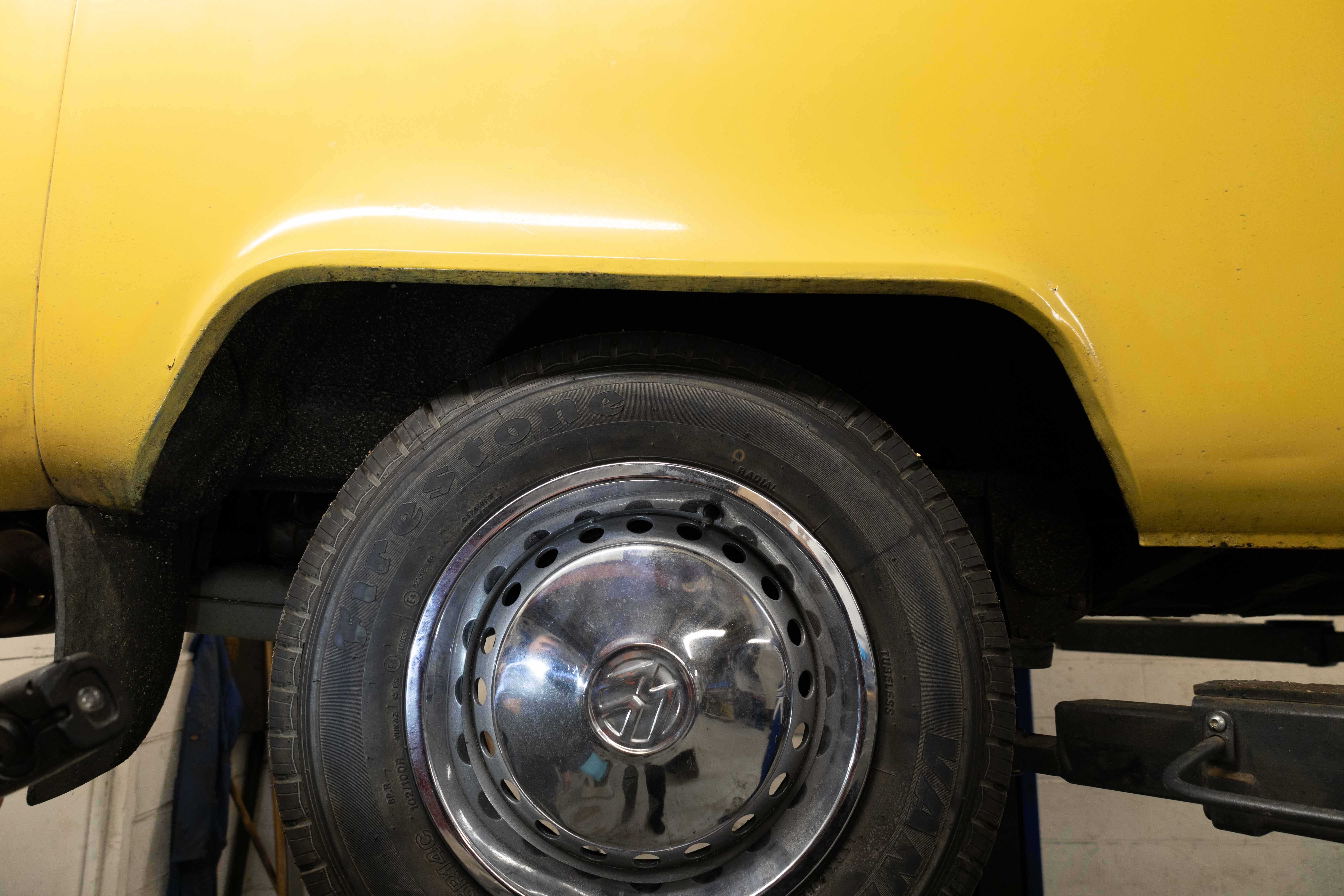

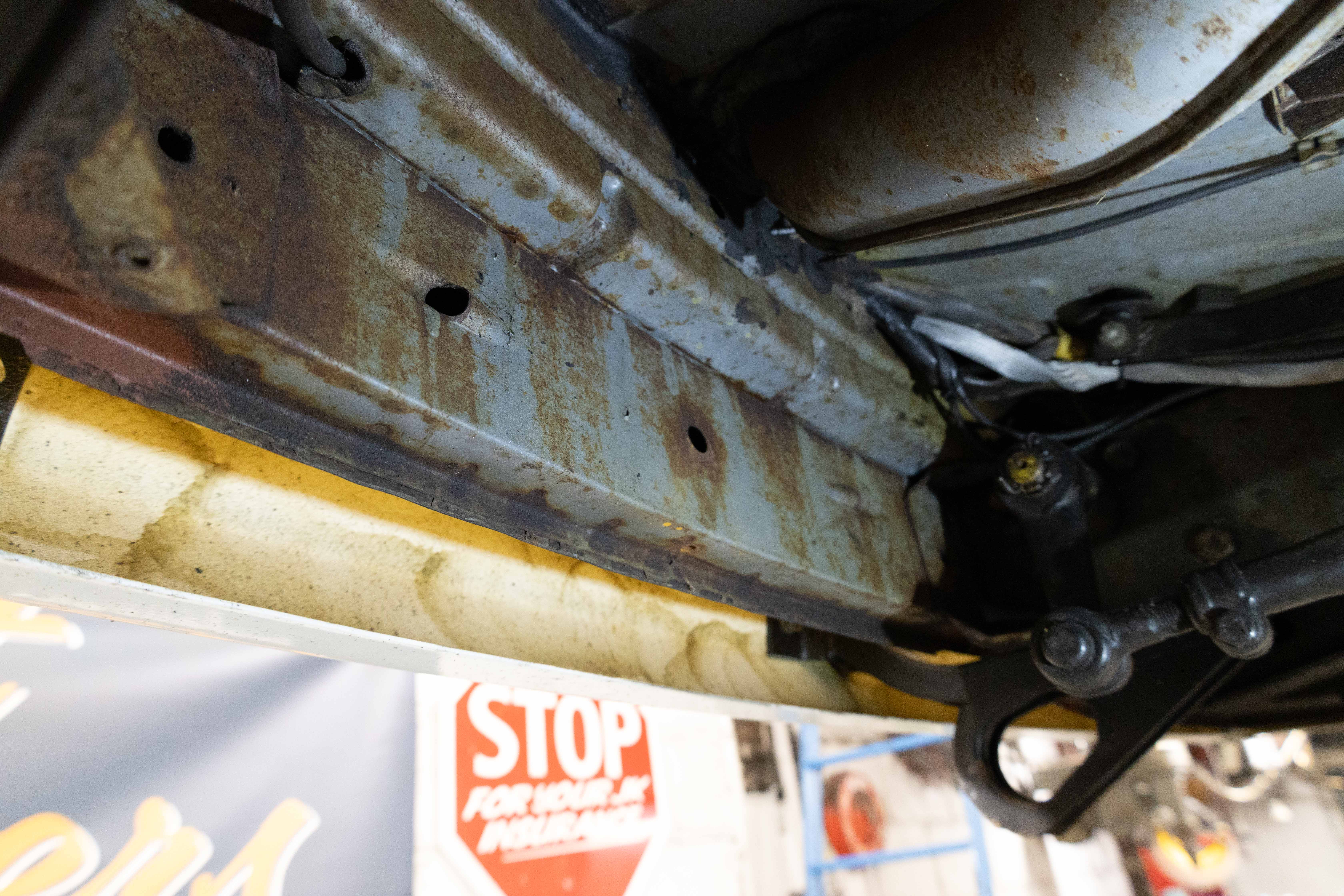

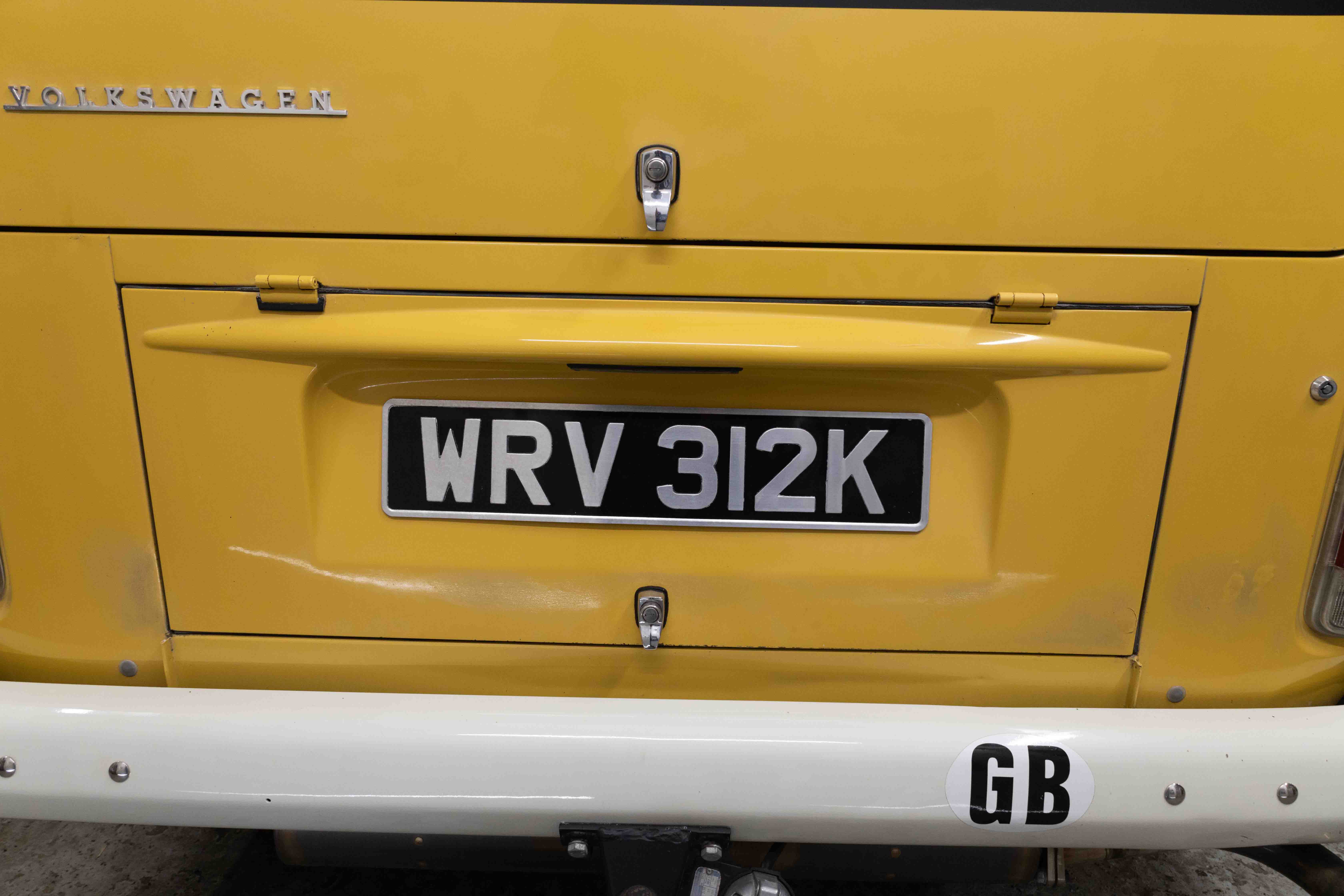

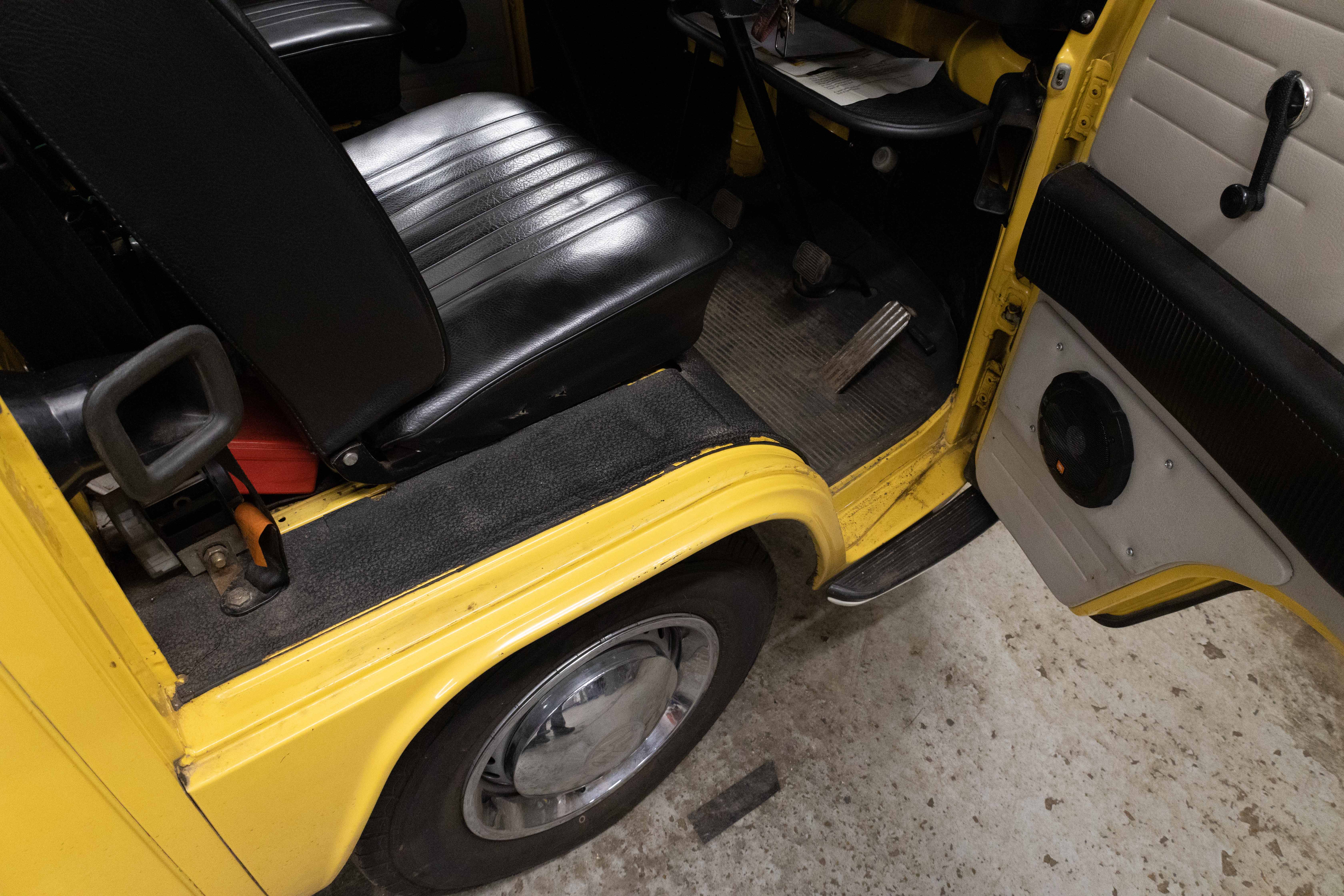

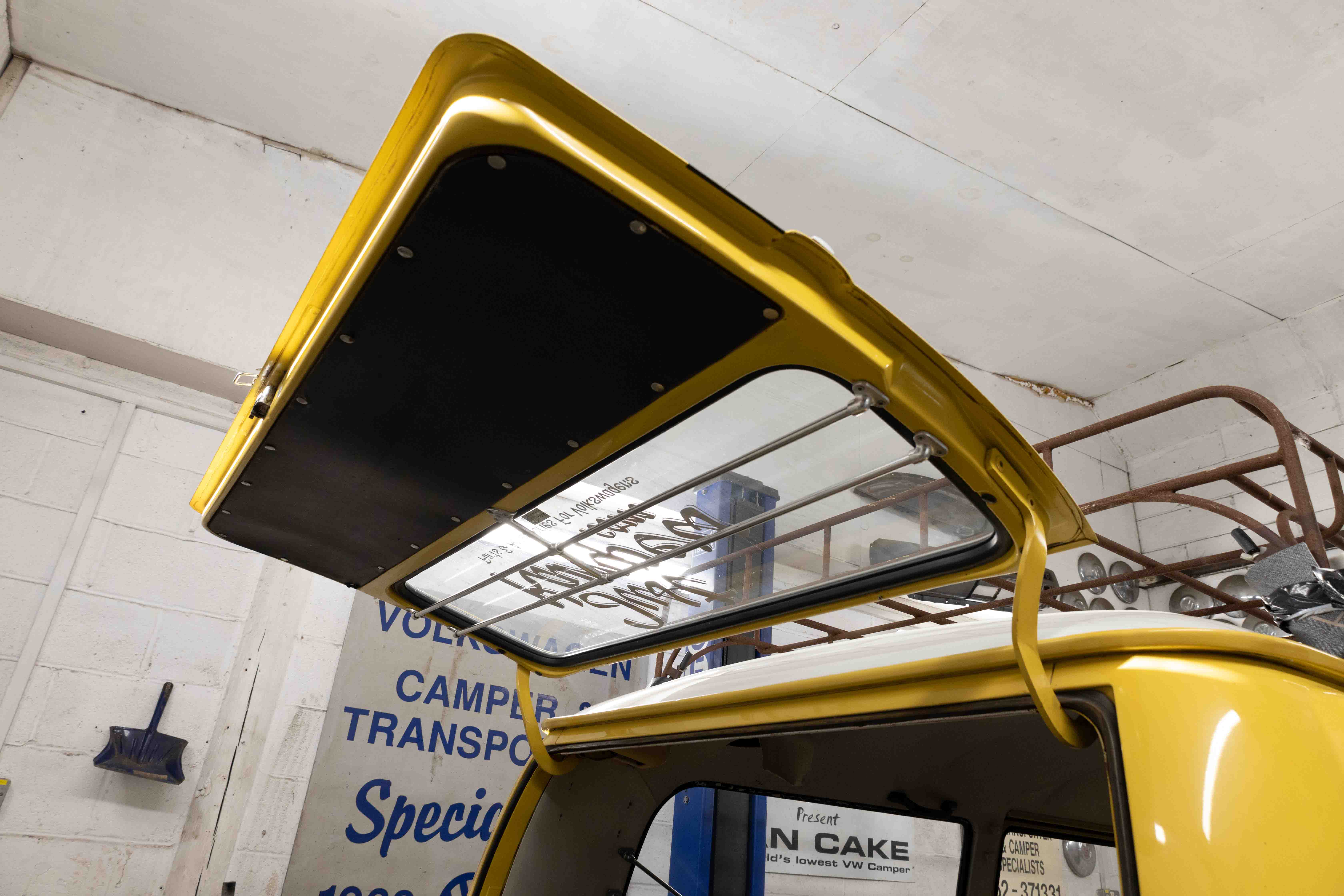

All of the panels mentioned above require checking and replacing them can be an expensive undertaking if you’re paying a restoration company to do the work for you. To give you an idea of how much that will cost in parts look here and start totting everything up. Sliding doors always rot along the bottom and whilst good replacements are hard to find, you may get away with a localized repair or outer skin.
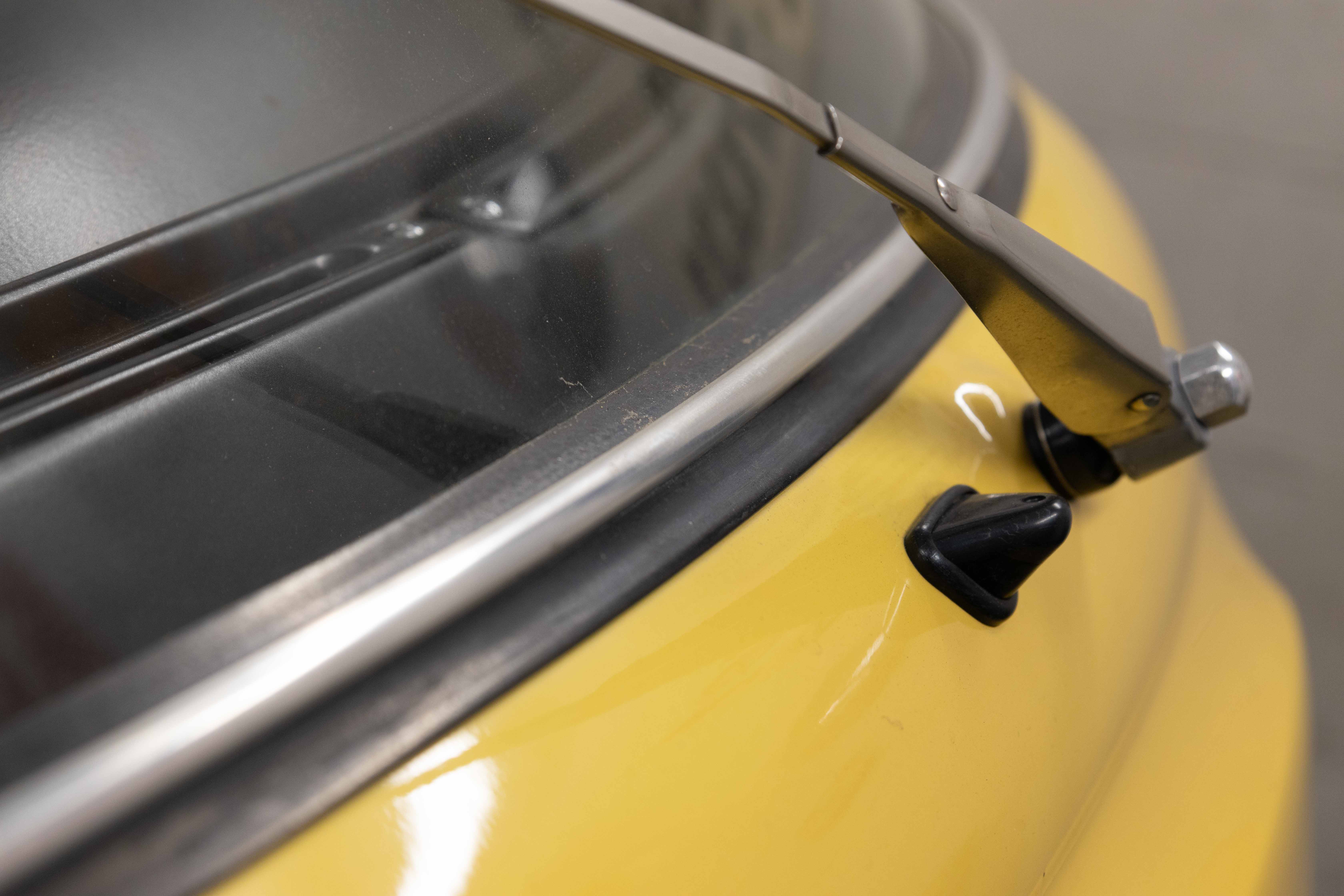

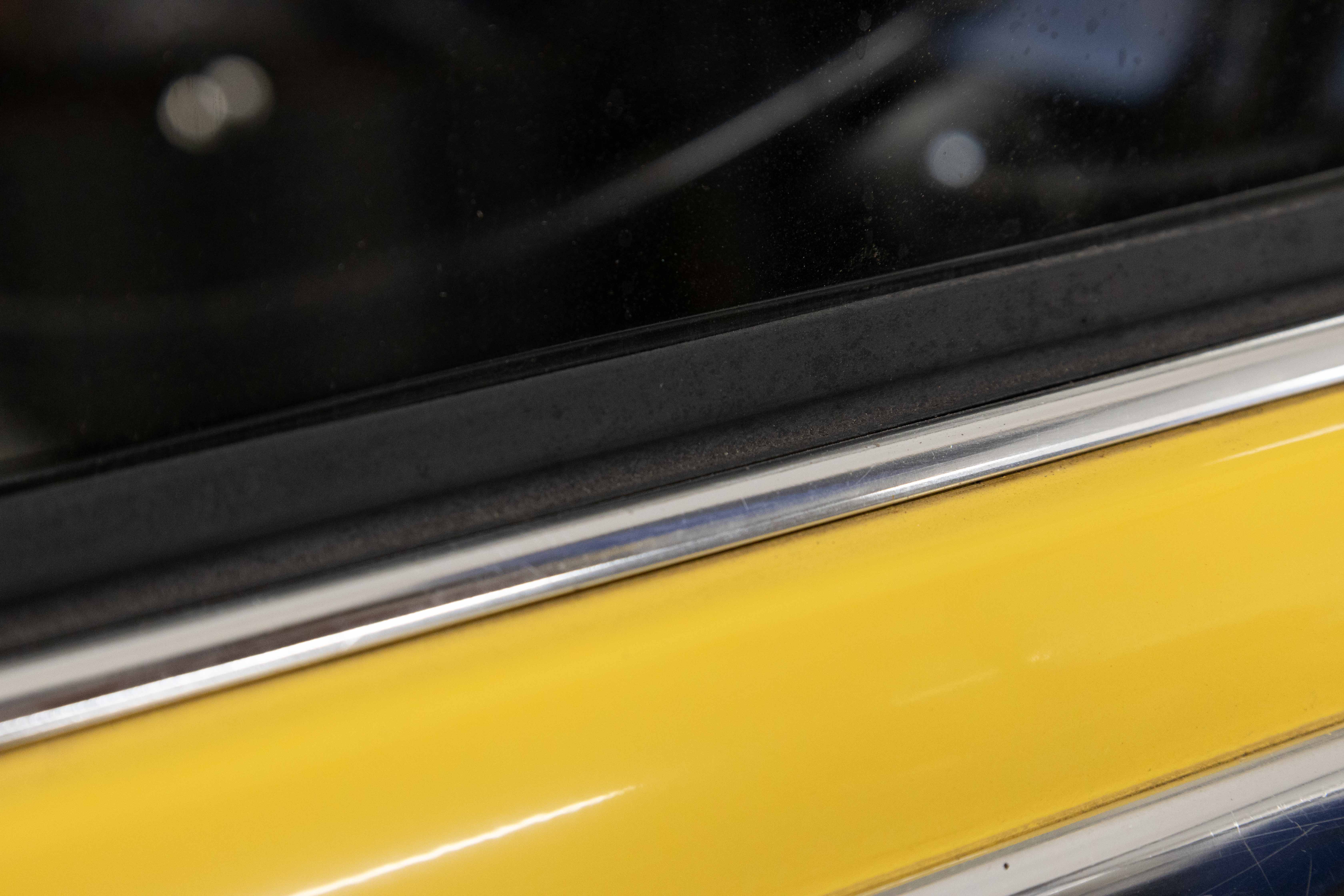

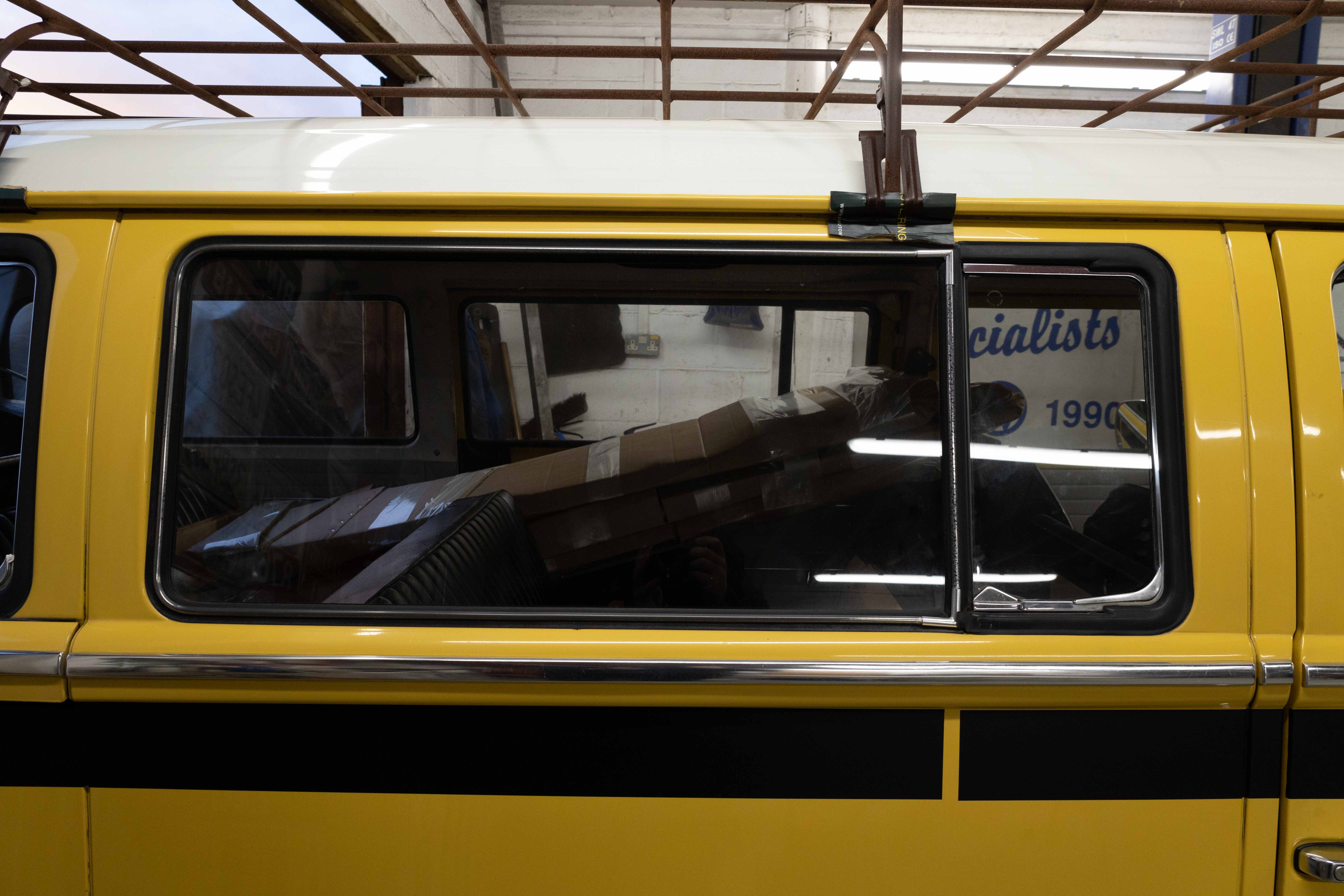

The metal around the window rubbers are common rot spots and any water getting in here can wreak havoc with interiors and cab and cargo floors.
The front windscreen surround is a particularly bad one so have a little poke around the rubber and check inside for signs of water ingress.
Don’t forget to cast an eye over the roof, especially the gutters. The areas around pop-tops (if fitted) can be problematic as can the elevating roof themselves. Water leaking in through the pop-top can destroy a Bus, starting with the wooden interior and then moving on to munch its way through the floors, sills and chassis.
It can be hard to check the condition of the cargo floor, especially if there’s a camping interior in situ. If that’s the case have a look underneath the Bus and get a good overview of the chassis. Take a torch and peer into all the nooks and crannies, not just the easy bits to reach.
Don’t forget to cast an eye over the roof, especially the gutters. The areas around pop-tops (if fitted) can be problematic as can the elevating roof themselves. Water leaking in through the pop-top can destroy a Bus, starting with the wooden interior and then moving on to munch its way through the floors, sills and chassis.


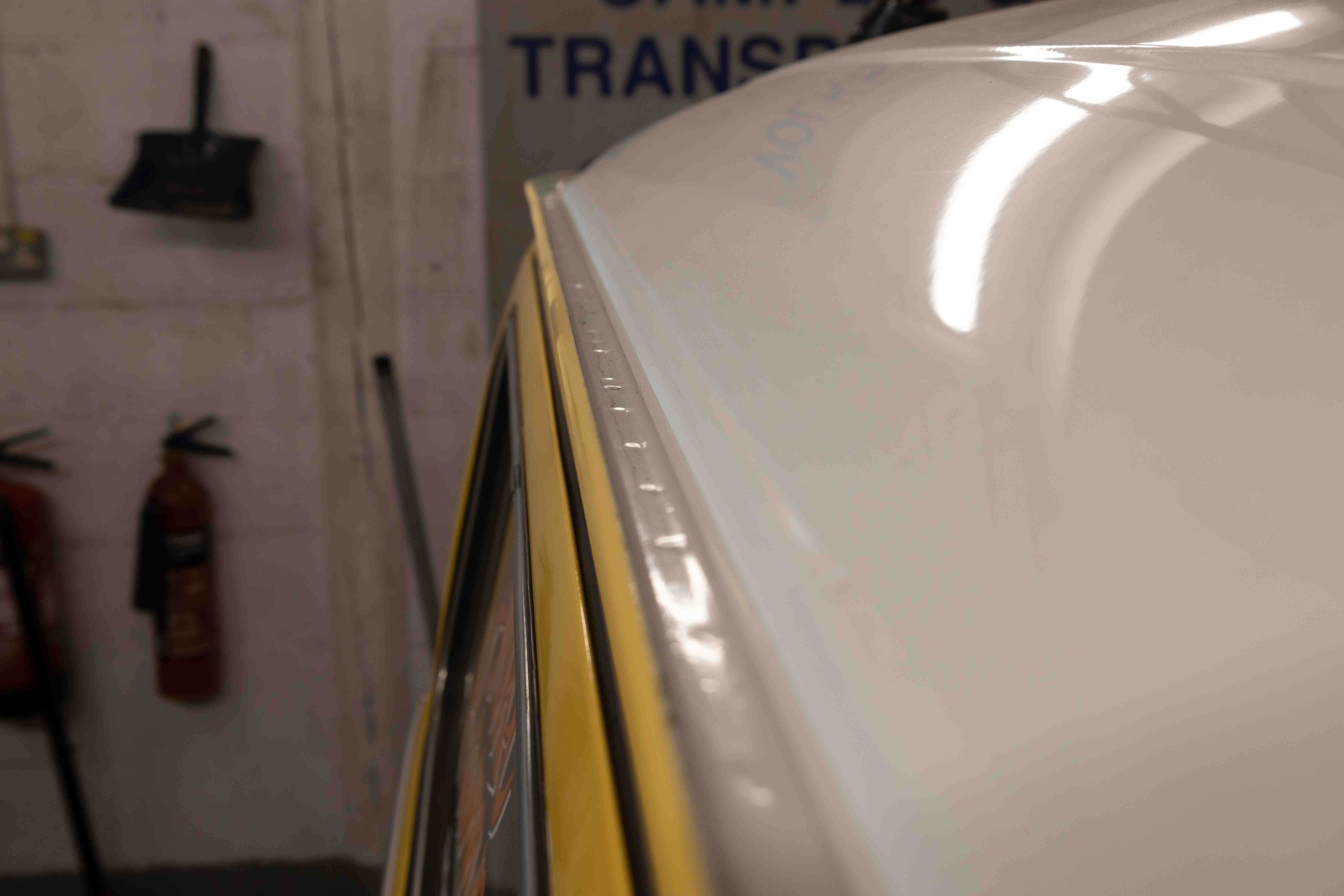

Don’t forget to cast an eye over the roof, especially the gutters. The areas around pop-tops (if fitted) can be problematic as can the elevating roof themselves. Water leaking in through the pop-top can destroy a Bus, starting with the wooden interior and then moving on to munch its way through the floors, sills and chassis.
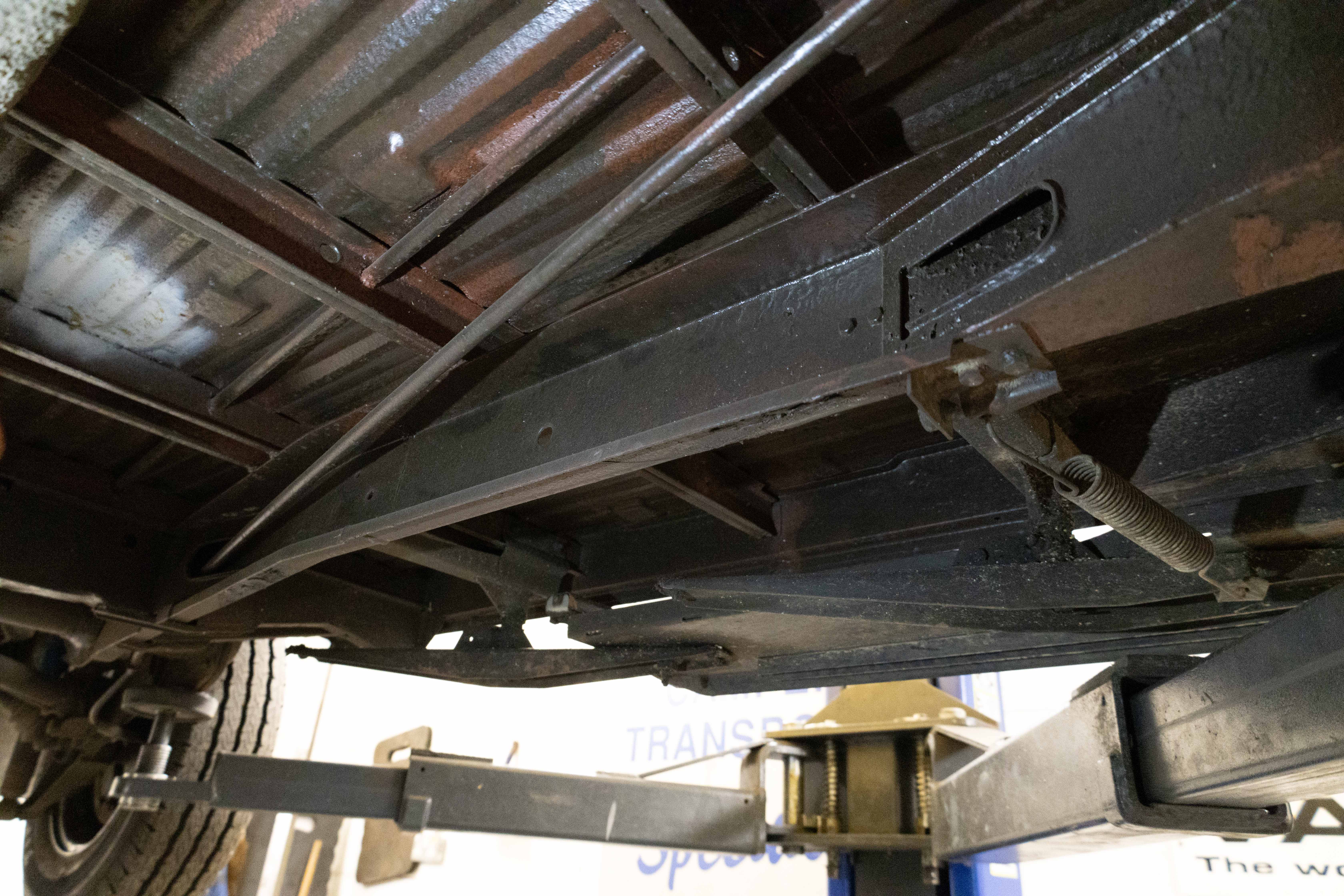

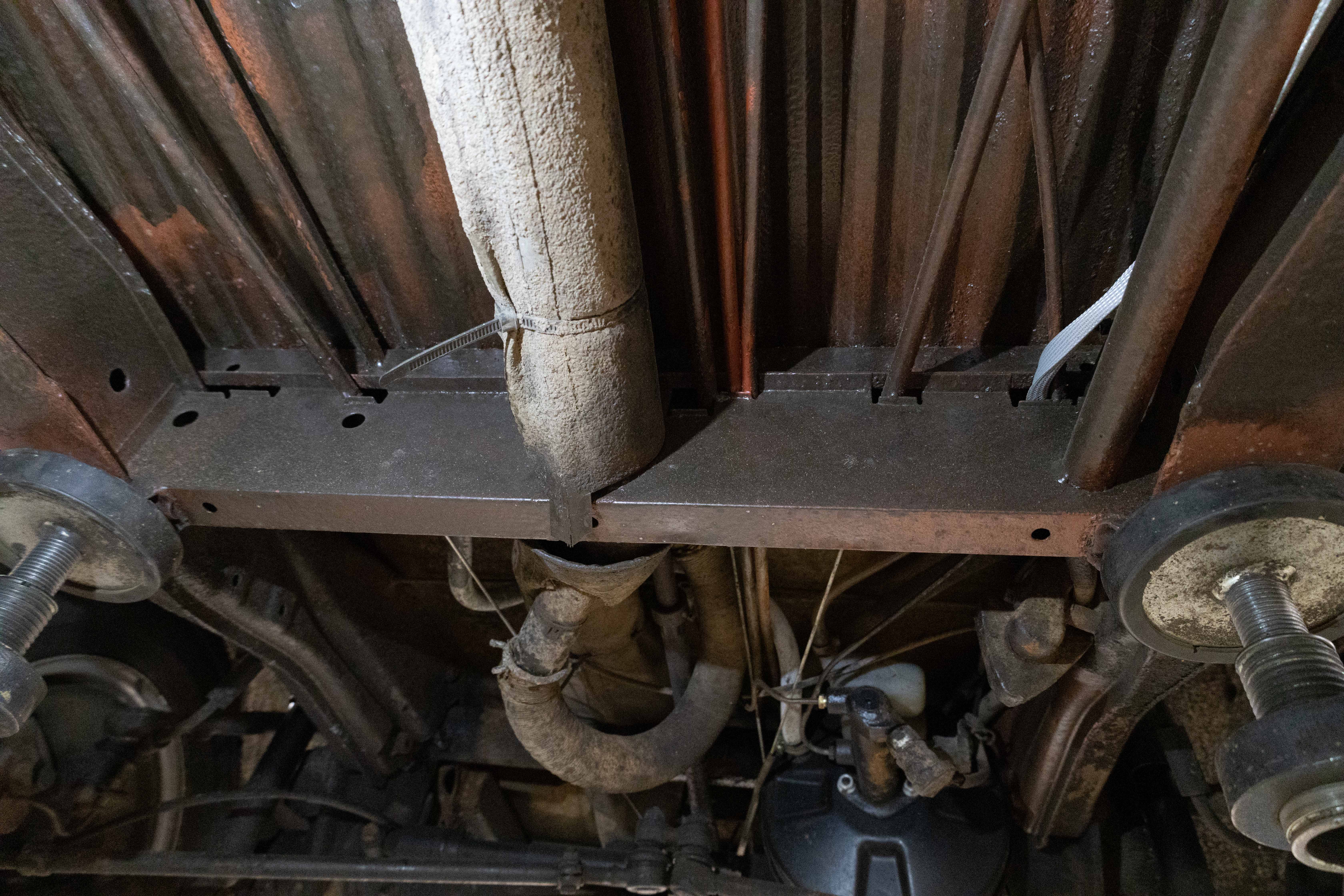

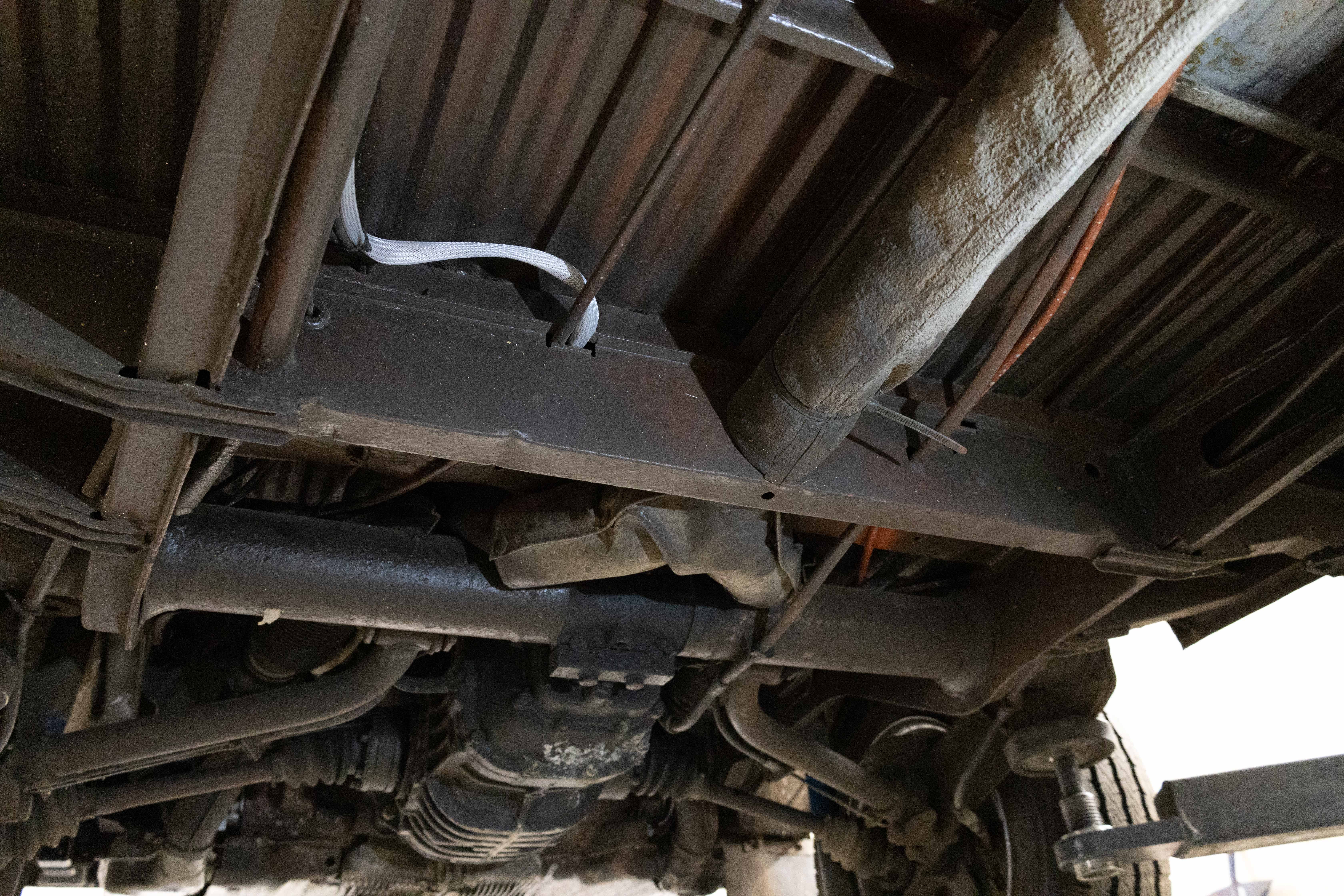

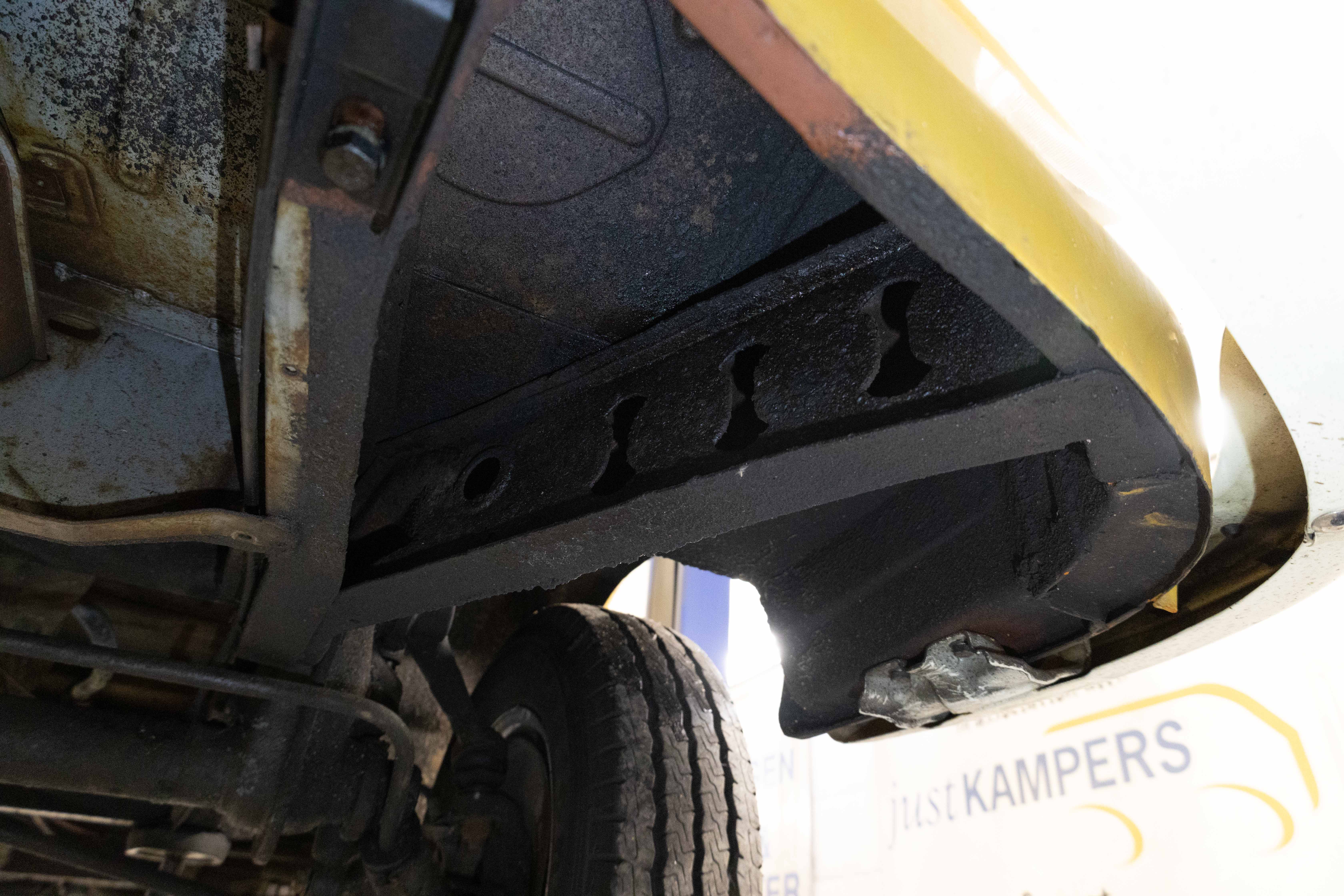



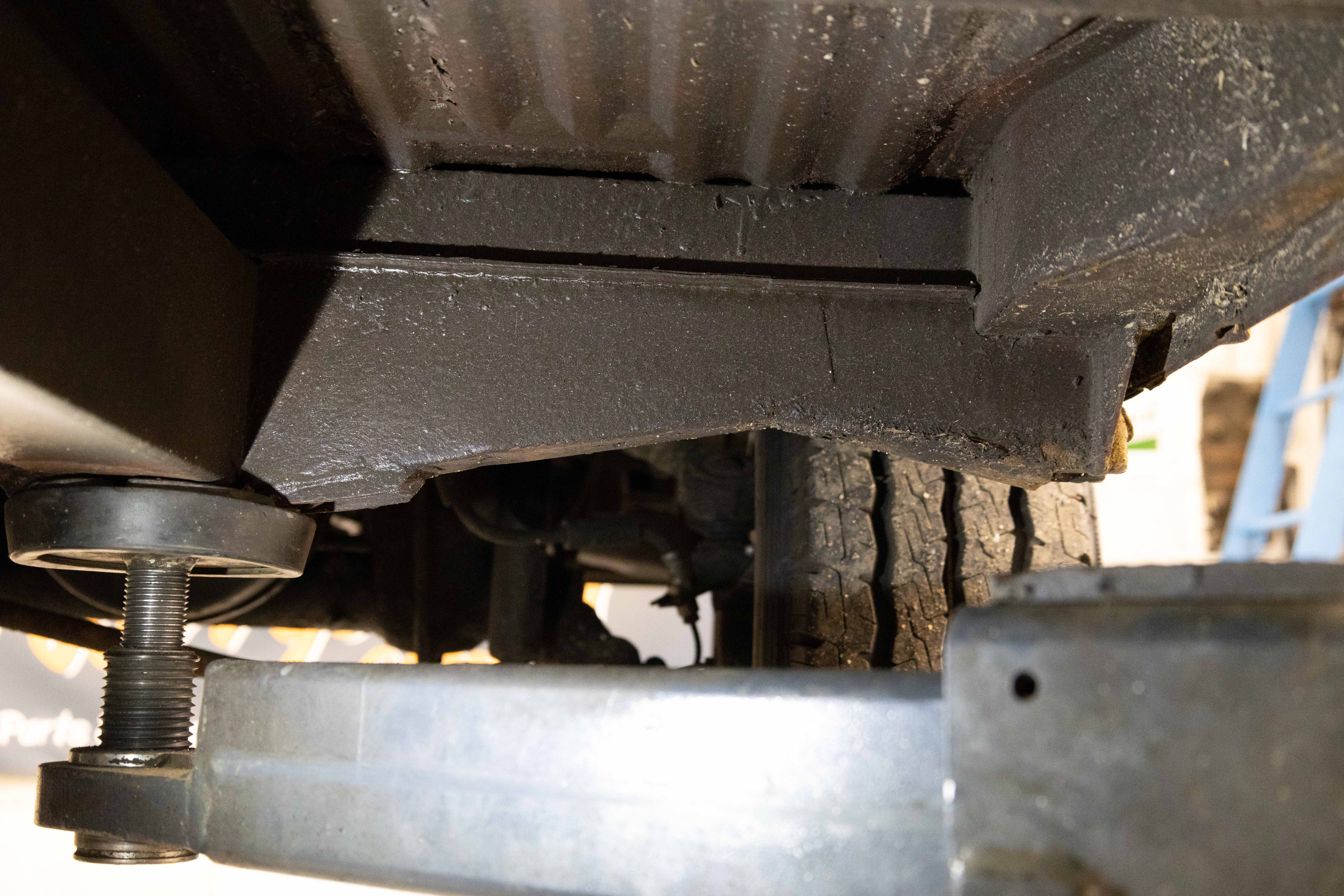

Bumpers and trim replacement
Replacing tired or missing components can place a huge dent in your wallet, so it’s good if everything is still there and in good, useable condition. That said, if you go down the resto path, you can’t put tired chrome mirrors and pieces of trim back on a freshly painted body. Everything you could possibly need to dress up a Bay Window is available to buy, and why not start here?
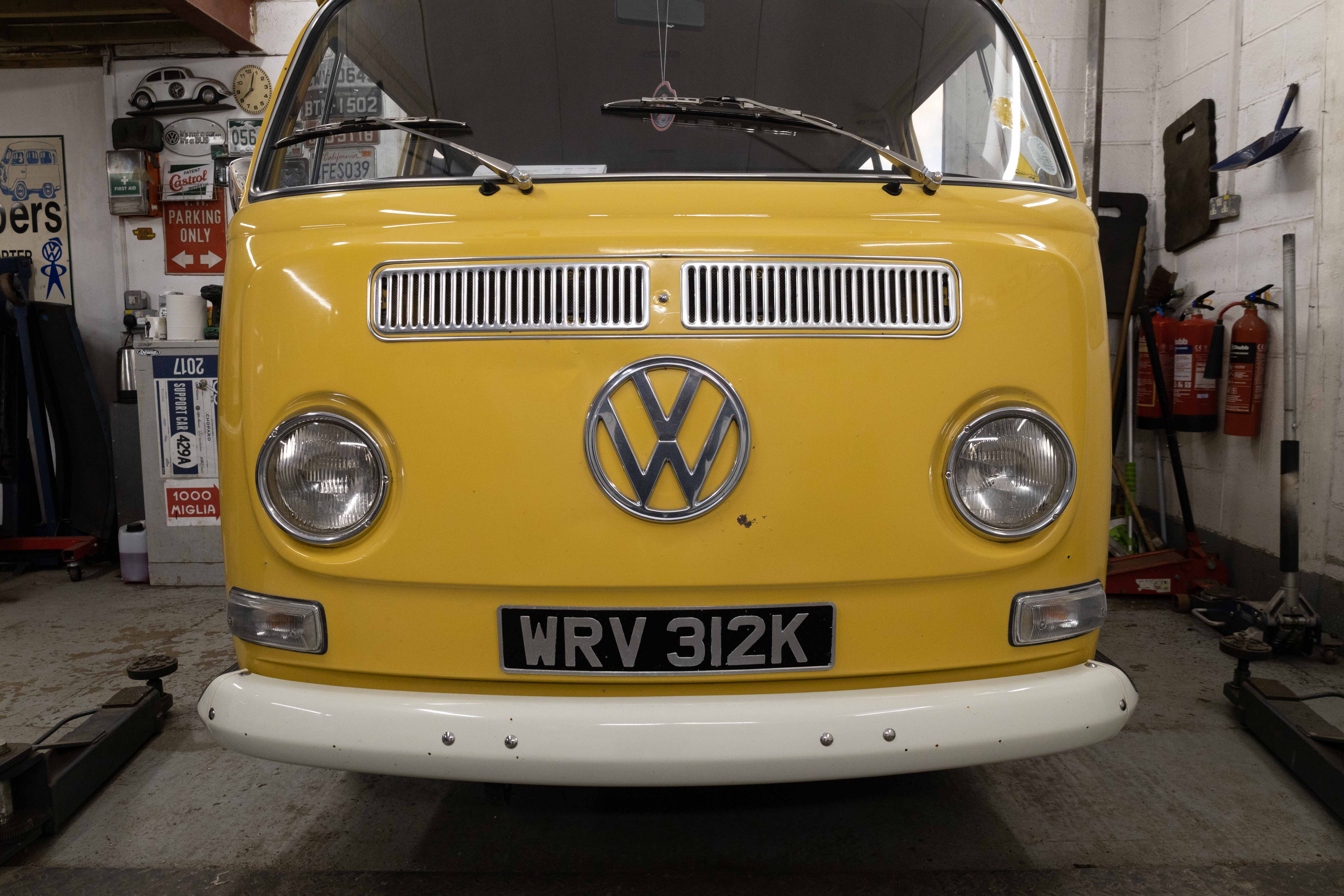

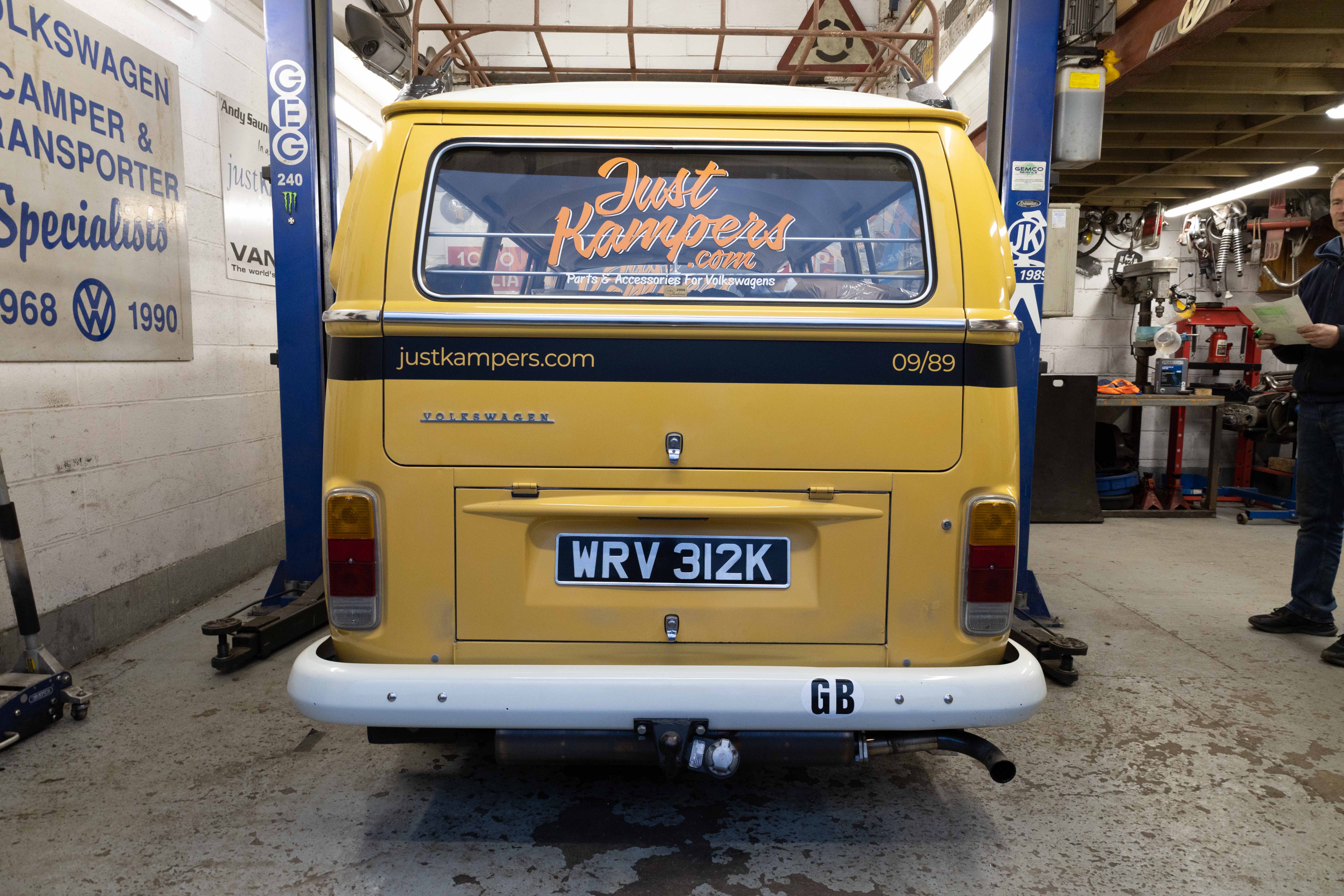

VW Bay Window engine options
There were two types of engine offered throughout the Bay’s (German) lifetime, Brazilian Buses came with a couple of different options that we won’t go into here, but German Bays came with either a Beetle / Type 1 style 1600cc engine, or from the Crossover generation, a Pancake or Suitcase Type 4 engine, that was available in three sizes, a 1700cc, 1800cc or 2-litre variant.
For stirring the cogs you had a regular four-speed manual or an optional automatic transmission. The latter being more popular stateside than it was over here but they’re a good option if you don’t like shifting gears yourself.
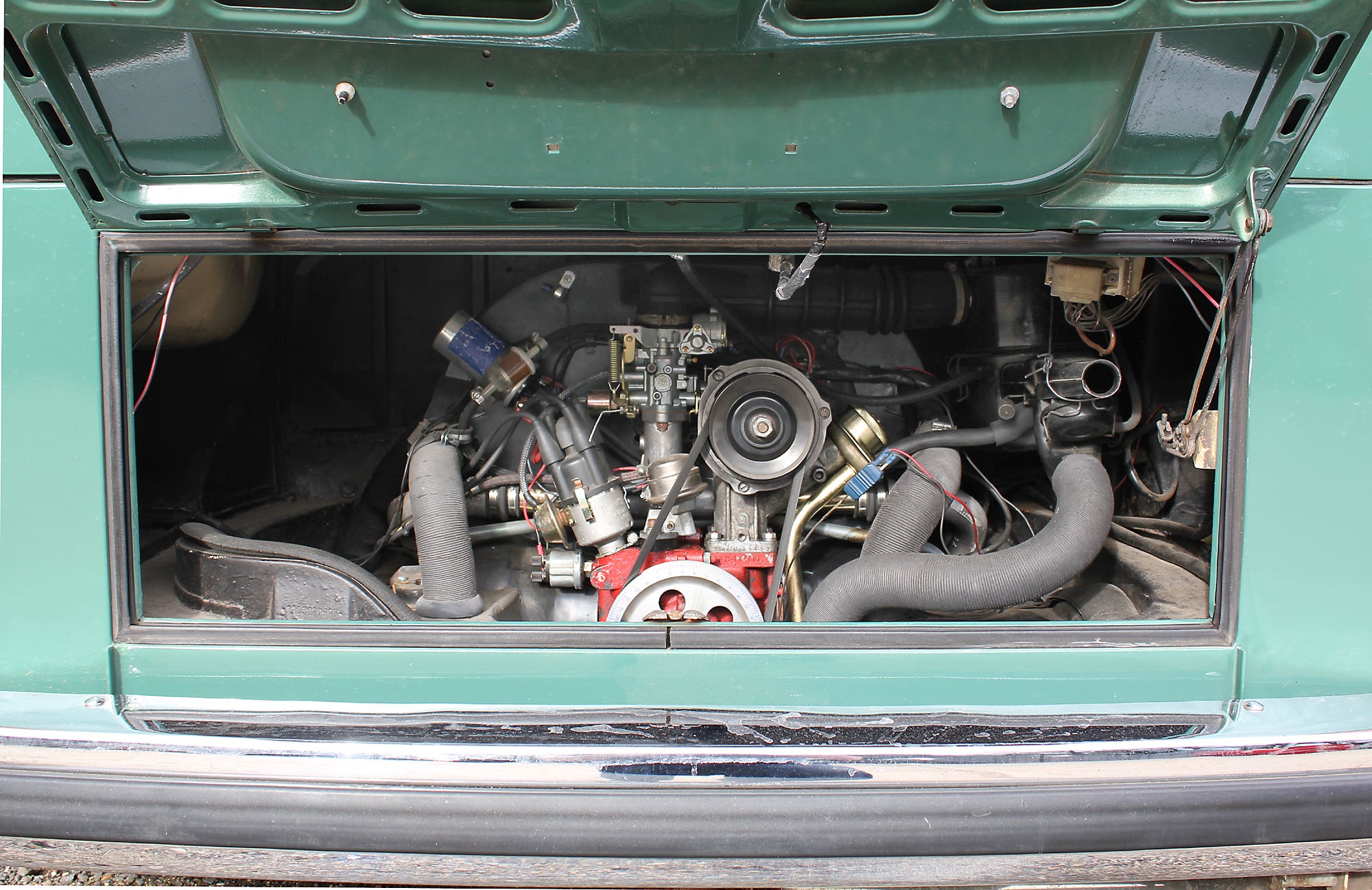



Are VW Bay Window Campers reliable?
If you give them a little help and encouragement they certainly can be. Sticking to the VW recommended service schedule is the bare minimum you should expect to do. That’s an engine service and oil change once a year or every 3,000 miles – whichever comes first. You can buy everything for an annual service here.
Checking the oil on any prospective purchase, it will tell you how well, or not a vehicle has been looked after. Thick, black oil means it’s not been changed in a while. A silvery shimmer means there’s metal in the oil and that means something is amiss internally. No oil means it’s either all burnt or fallen out, neither of which is what you want to see. Air-cooled VW can last forever, but worn-out engines are depressingly common. Look for blue smoke from exhausts, sluggish performance and in the engine bay, missing components.
The big thing to check for is end float. With the engine off (!) give the bottom pulley a tug, if you notice it move in and out at all you have wear in the crankshaft / crankcase
Oil leaks are stupidly common and can come from pretty much anywhere, leaking pushrod tubes, a blown oil coiler seal, the sump gasket etc. The one you really don’t want to see is oil coming from between the engine and gearbox. This means the flywheel oil seal has gone bad and it’s an engine out job to fix it. If left unchecked you can lose a lot of oil, enough to kill an engine, a slipping clutch can be a big clue this is happening.
You can buy replacement oil seals and gaskets here or browse our engine section to buy a reconditioned engine here, but obviously, whatever you replace will add to the cost.
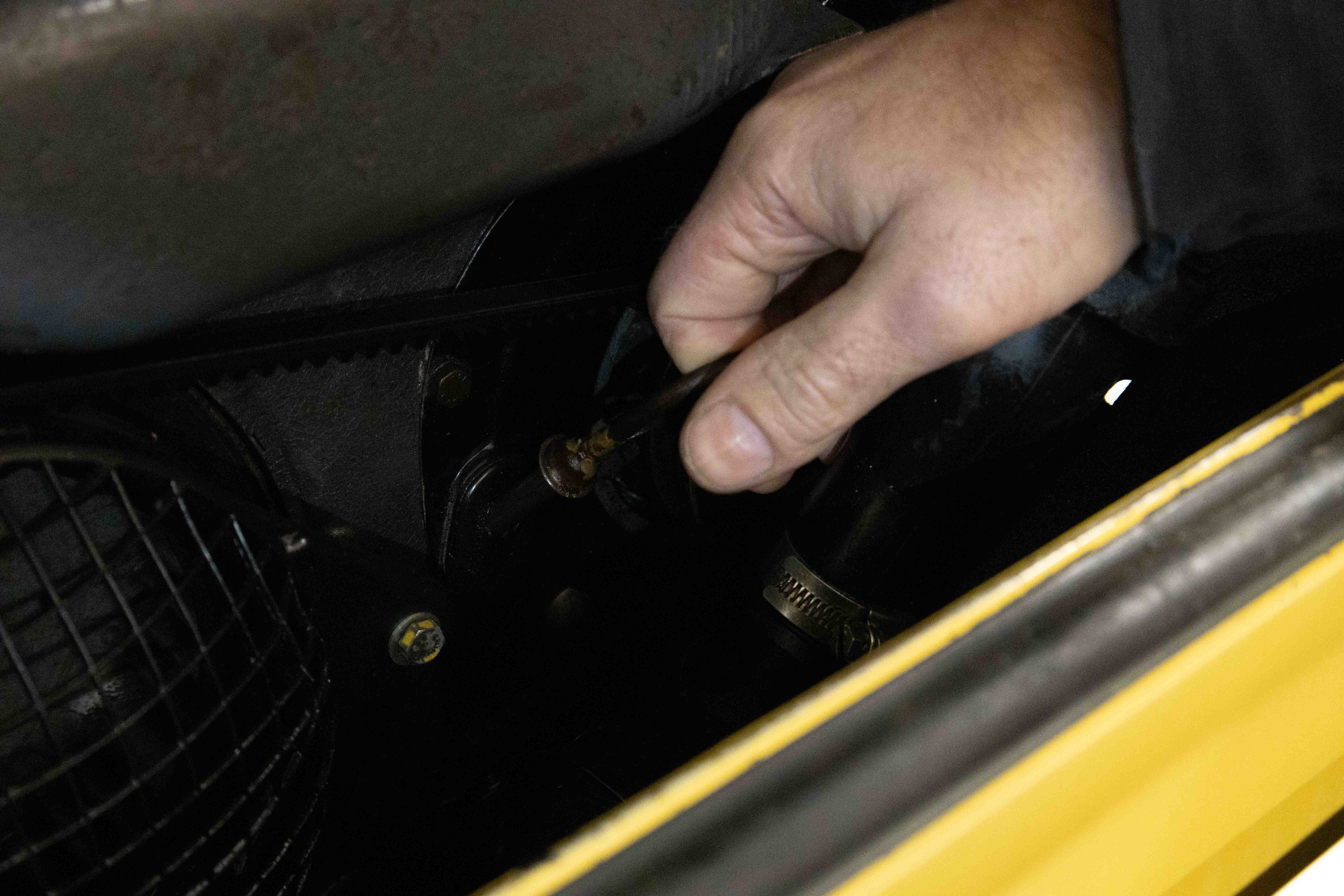

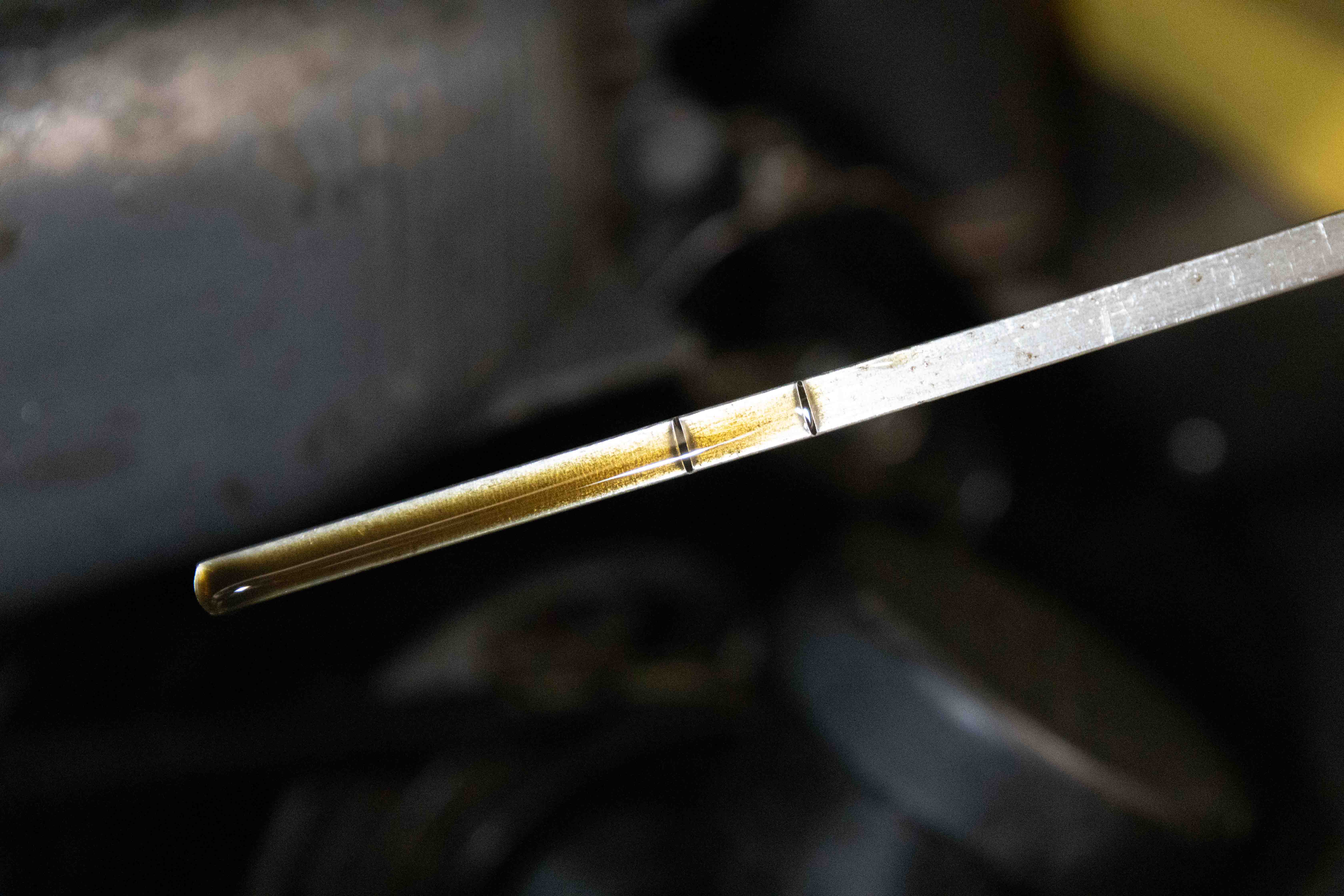

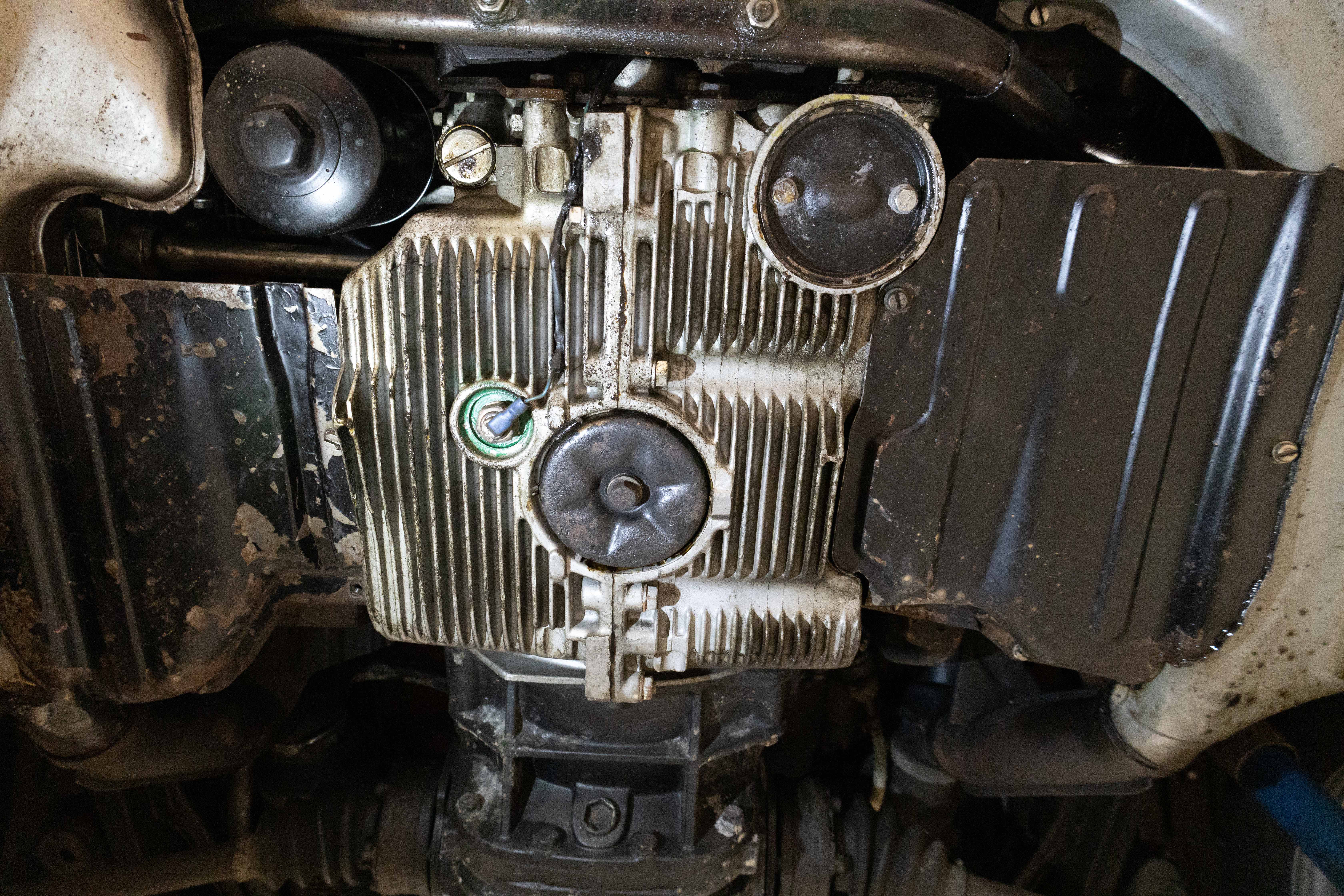

It’s also worth checking things like exhausts and heat exchangers. Exhausts rust and a lot of people moan about how cold a VW is in the winter, but have never checked the condition of the vehicle's heating system. Hot air comes off the engine and is directed inside the Bus by a series of tubes connected to a pair of heat exchangers. They’re often seized, missing or disconnected. If either of that has occurred there’ll be no heat in your Bus. A lot of really low vehicles run J-tubes rather than heat exchangers for clearance issues – the drive shafts can come into contact with them, so it’s worth checking the condition of these or if they’re fitted at all.
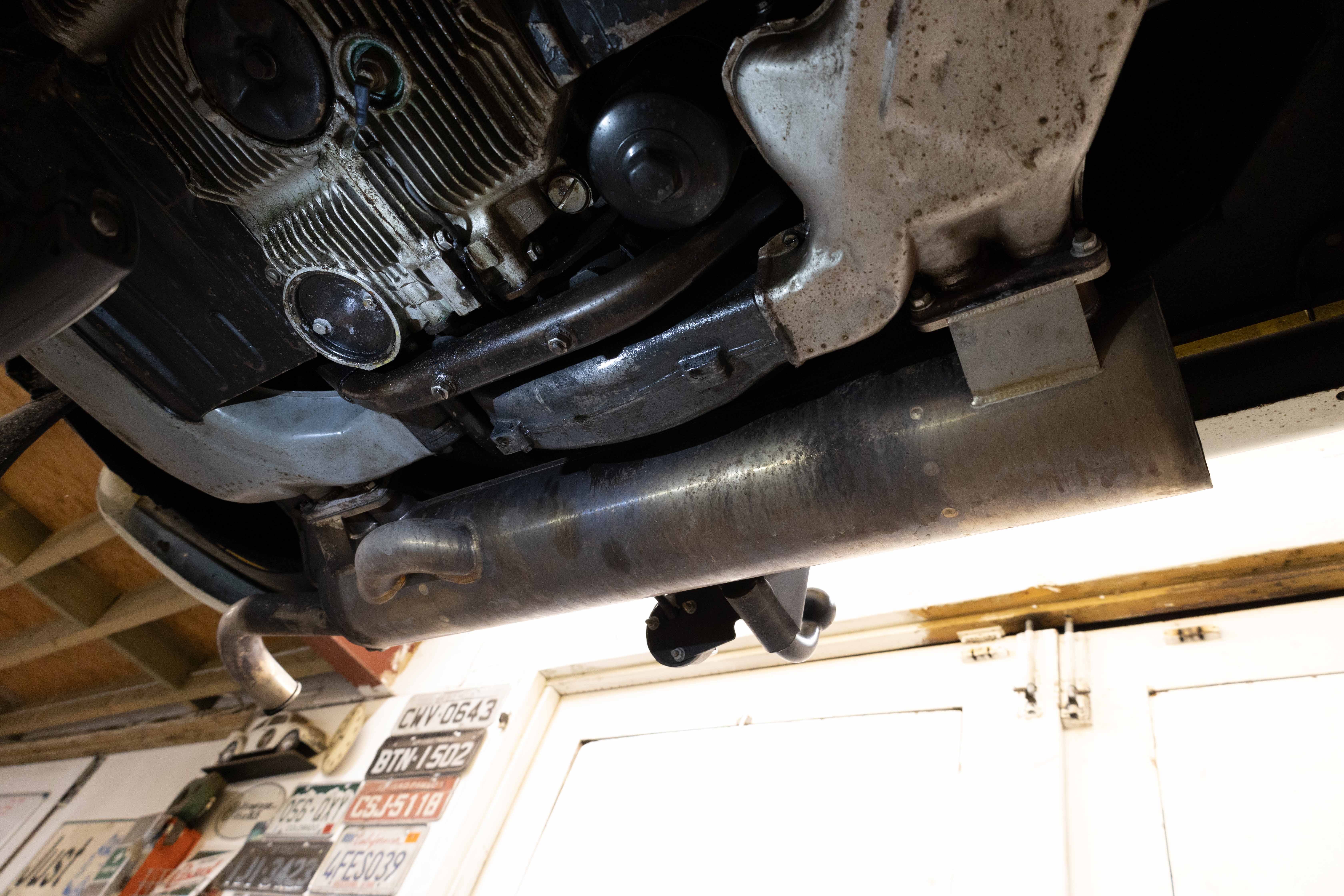

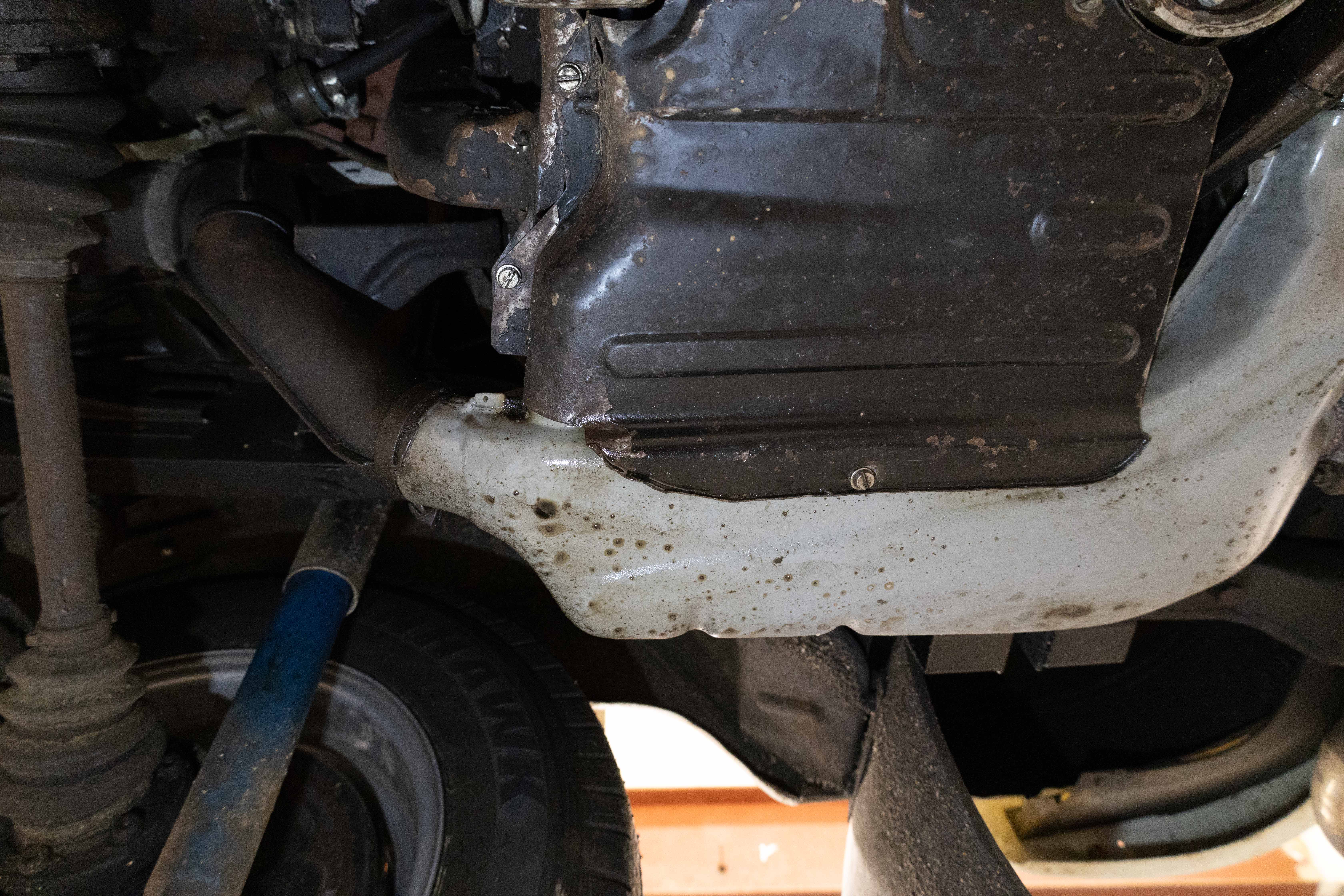

Are Bay Window Bus gearboxes any good?
They seldom give any cause for concern. In fact, we’d go as far to say we don’t know many people who regularly change the oil, as you’re supposed to. The only issues we’d say to look for are oil leaks (again) and split rubber boots that will result in oil leaks.
New comers find selecting the appropriate gear a matter of guesswork, especially if the linkages are worn. Other than that, they’ll happily eat mile after mile, even if they do run out of oomph on hills and feel like an extra gear would be nice on motorways.
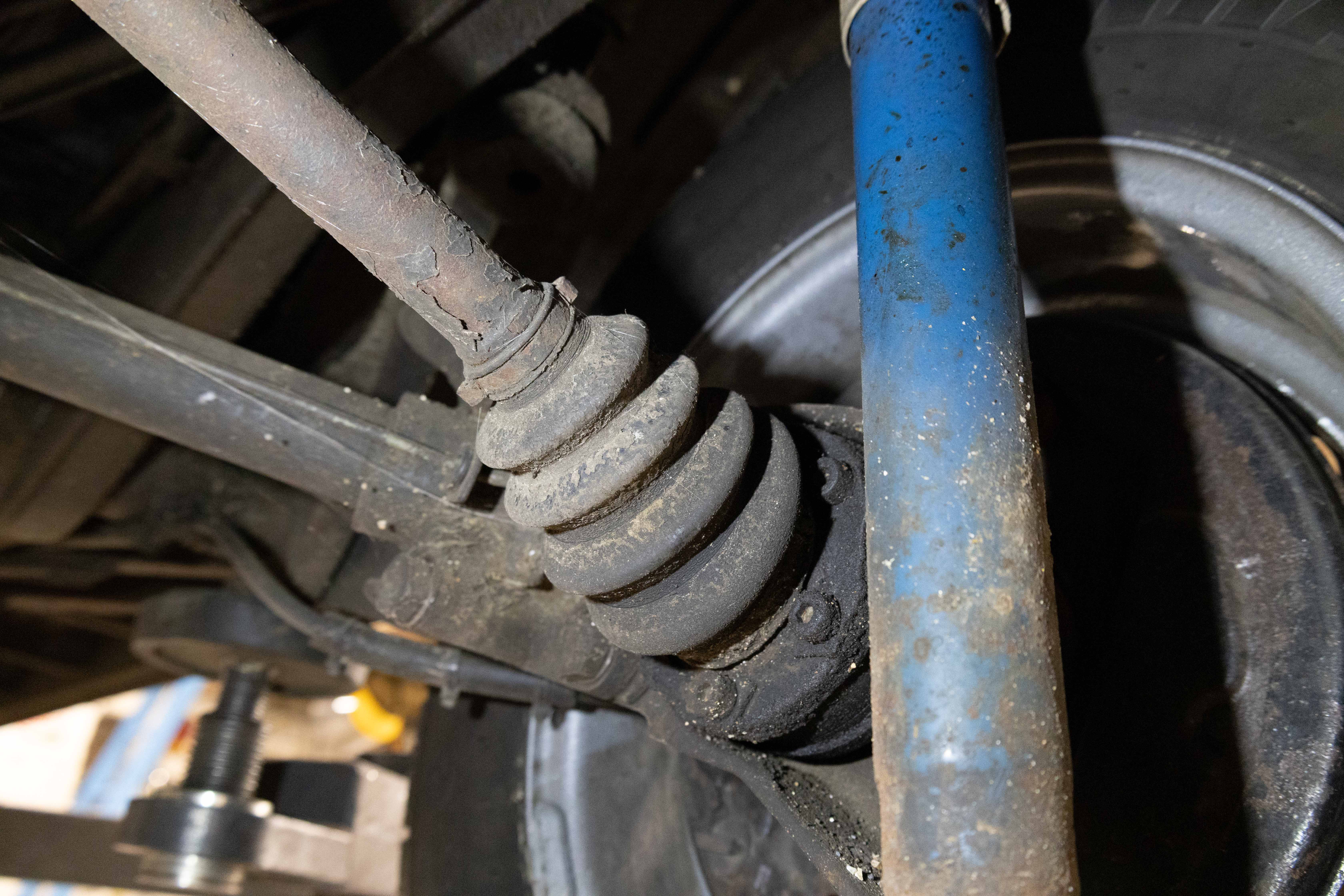

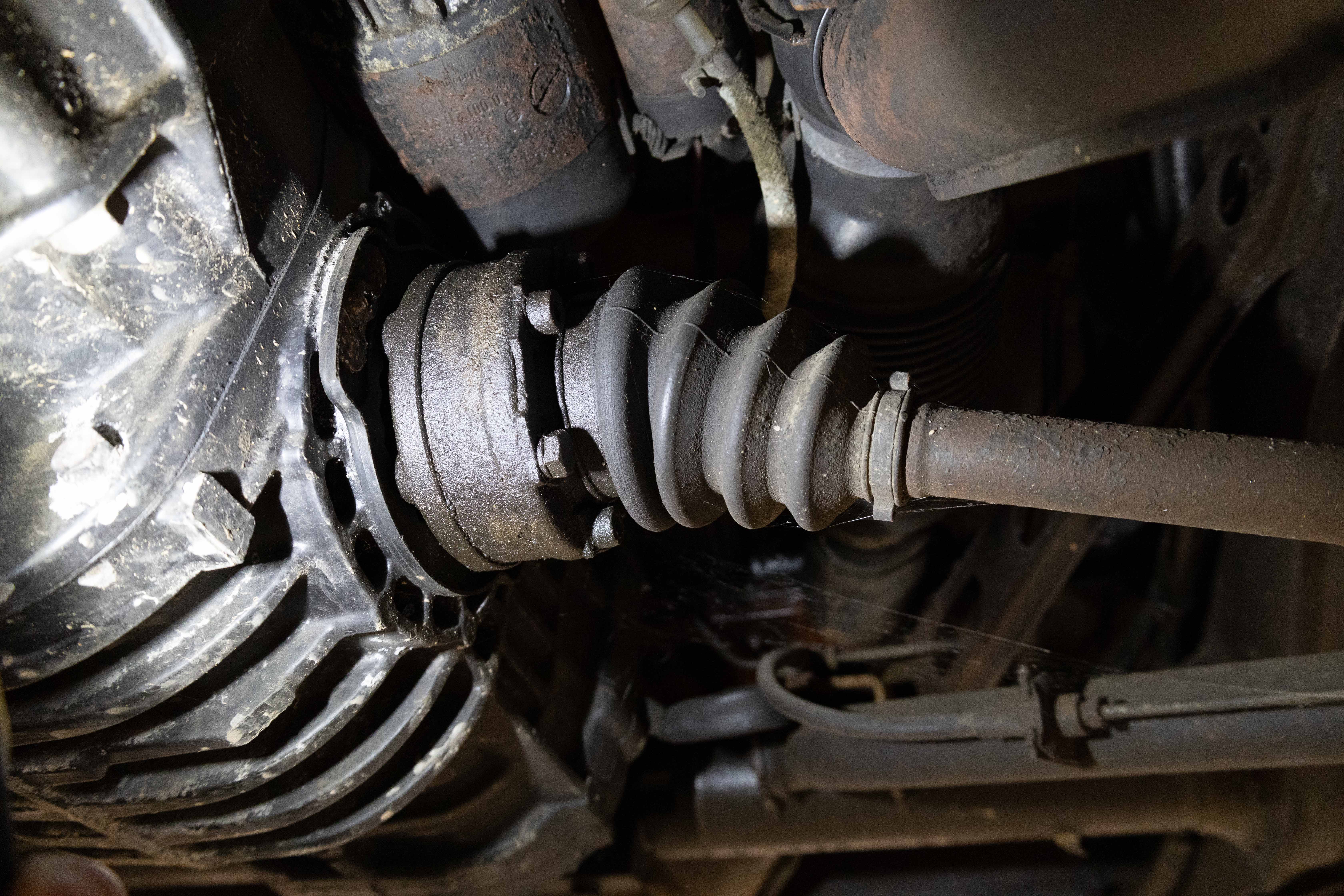

VW Bay Window suspension
How do you like your Buses? Stock or slammed or somewhere in-between? That subject is a real hot potato but whatever you prefer, you can buy everything you need to build a stocker or slammer right here. Stock Buses drive lovely. You can soak up bumps and whip over sleeping policeman as if they’re not even there. Rear ends sag with time and items like ball joints and track rod ends perish over time, but replacement components won’t break the bank.
A lot of owners favour a mild drop. Just a set of dropped spindles at the front to even out a saggy rear end and to dial out some of the inherent body roll of a stock Bay Window. If you want to really low then you can buy everything off-the-peg so-to-speak but you’ll need to know what you’re doing or pay someone else who does.
Drop a Bay more than a few inches and you’ll need to perform chassis mods. As in, you’ll need to clearance them front and rear to clear the drag links and CV joints. Narrowed and adjustable beams are the new normal and many Bay owners replace their ball-joint front ends with king and link set ups, as whilst this may seem like a backward step, the old Split Screen-style set-up allows you run really low and have a smoother, less bouncy ride. Check underneath and in the wheel arches and tyres for signs of rubbing, scraping and misalignment.
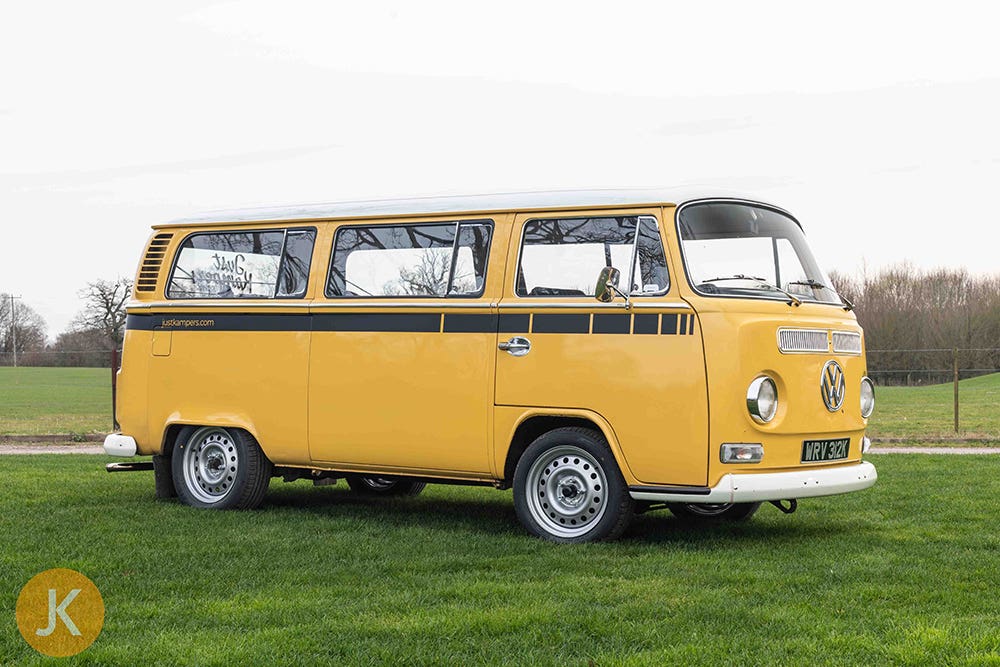

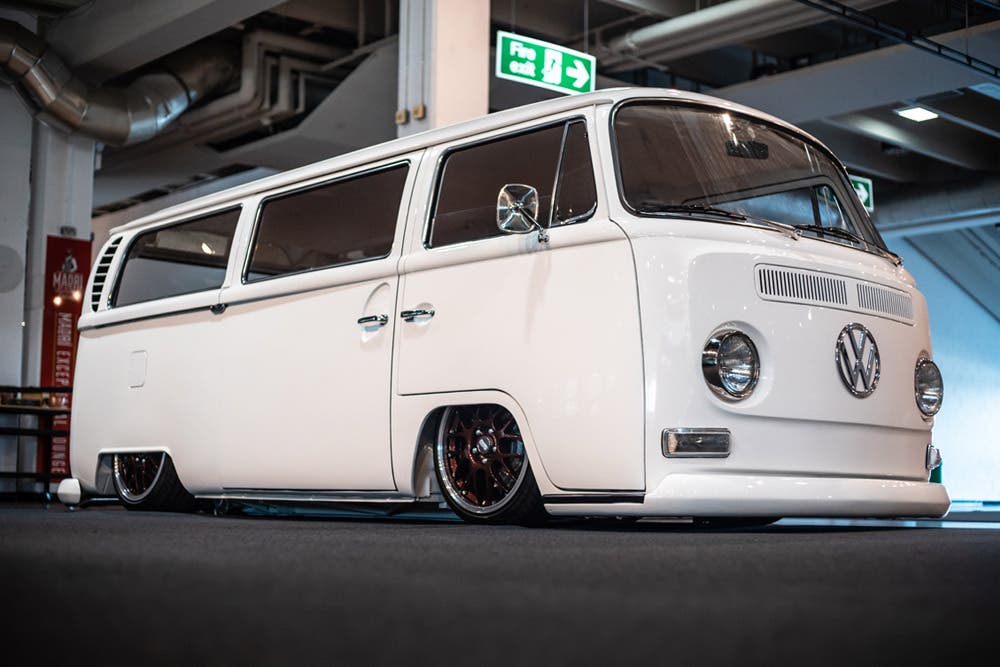

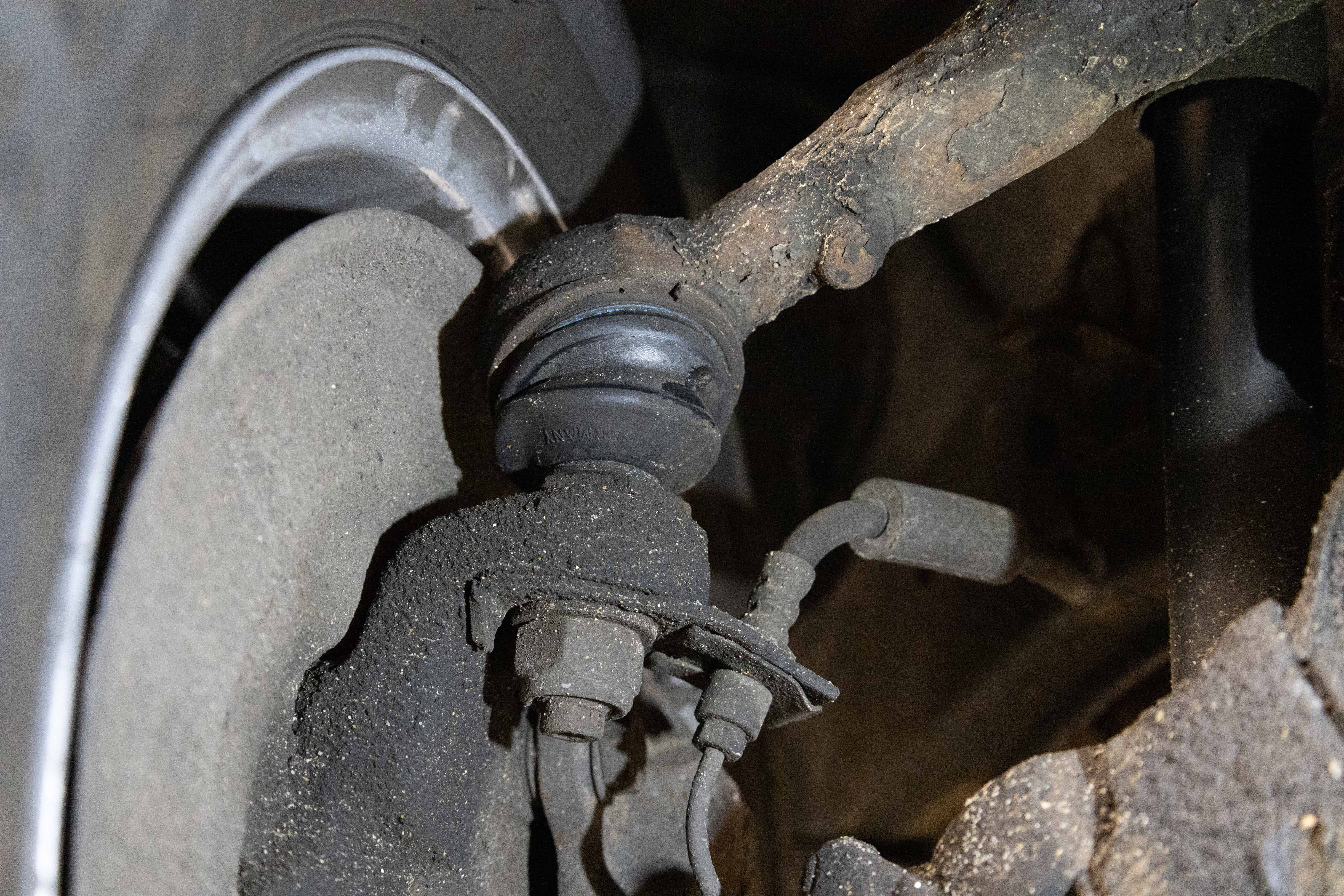

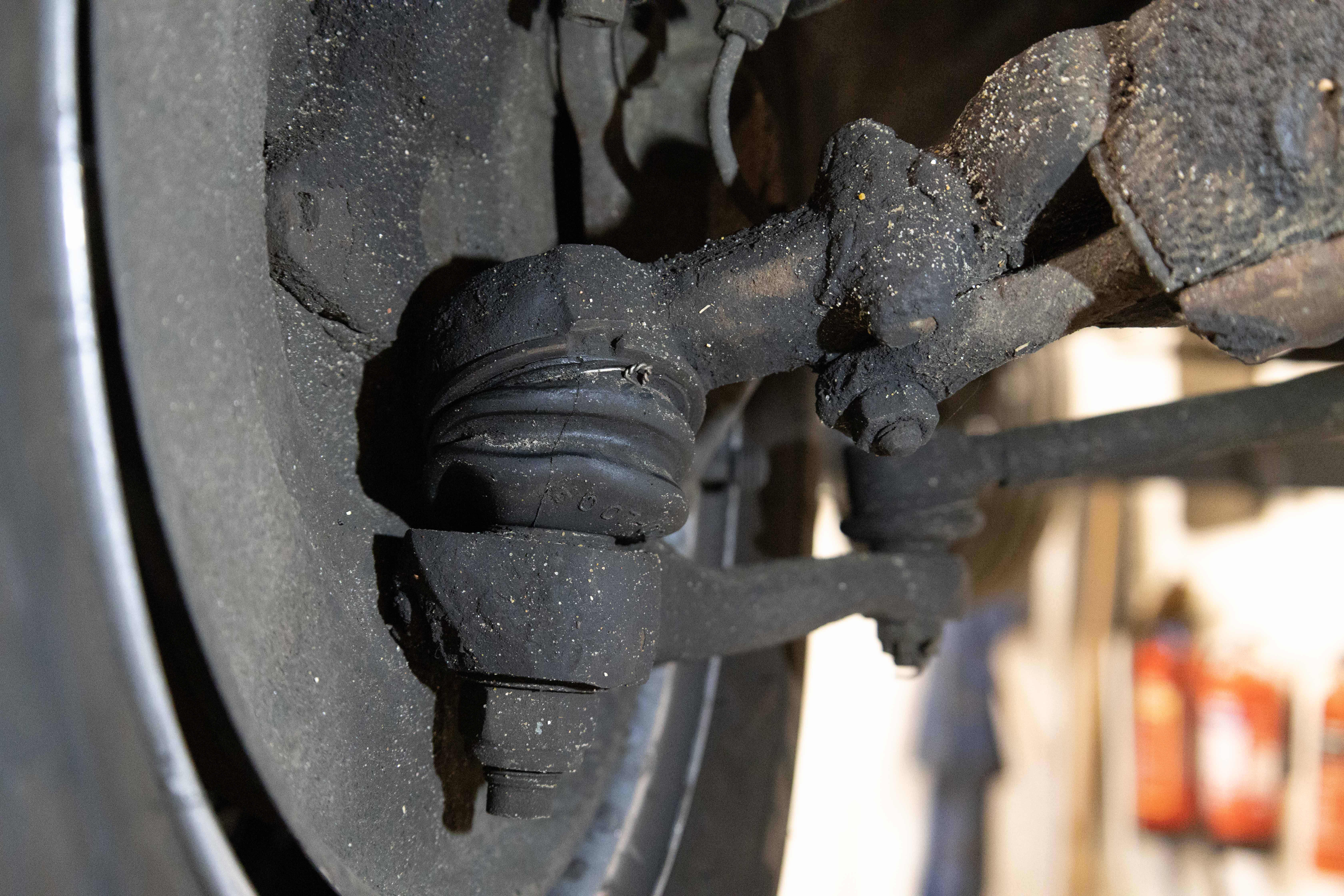

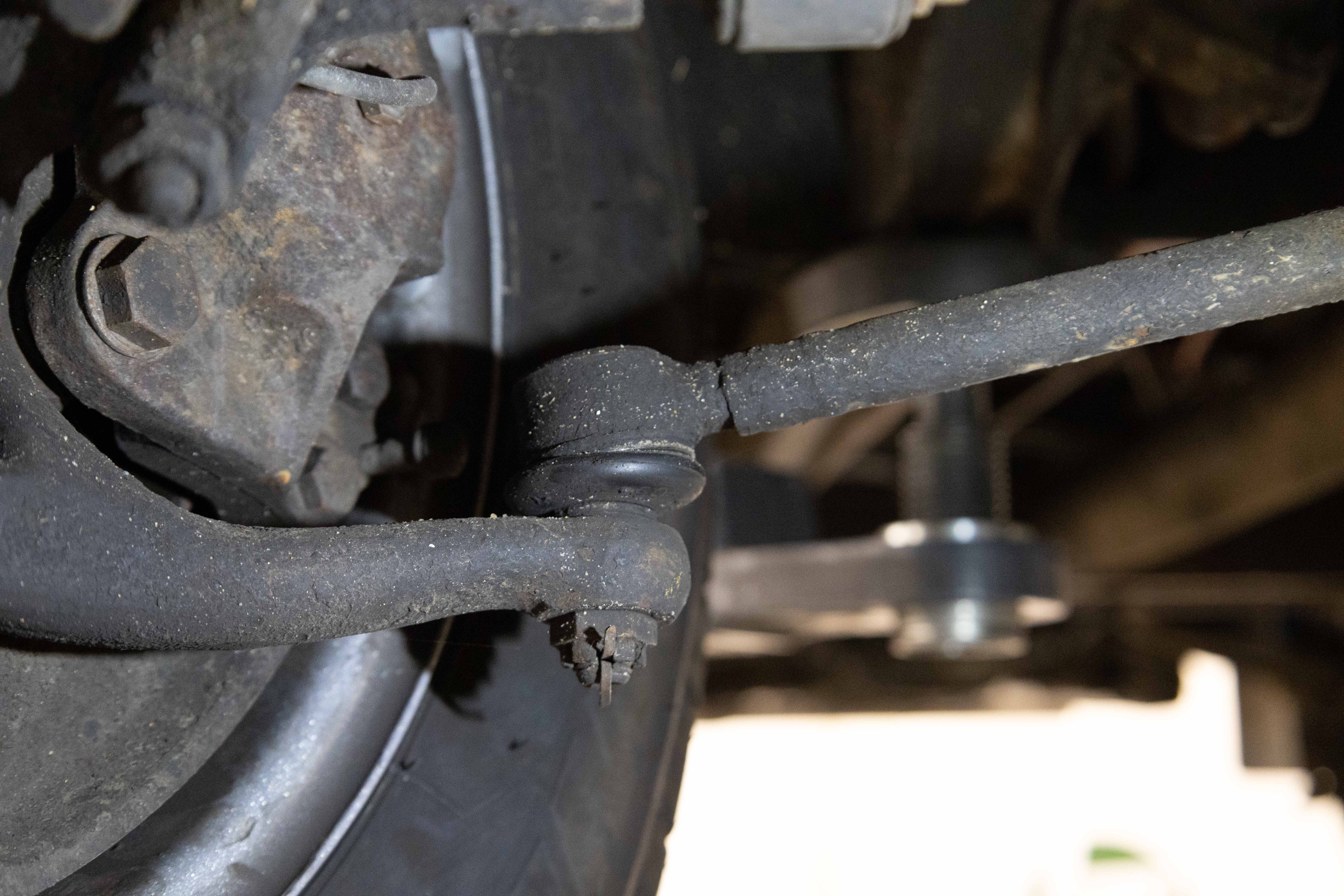

What are VW Bay Window Campers like to drive?
They’re an experience. And an acquired taste at that. A great many people find they’re a shock to the system, especially if they’ve never driven anything old before. The brakes can feel wooden, the steering can feel heavy and like it has a mind of its own and the gearbox can feel like someone keeps moving the ratios around when you’re not looking. But, if you settle in to the right mindset and learn to love one, a Bay Window can be good for the soul. The trick is not to hurry one. Take your time, get in the groove and see the journey as being as important as the destination and you’ll click with it.
Life in the two left hand lanes of the motorway isn’t so bad. See a hill approaching? Settle back and wait until you’re over the hump. You can spend an awful lot of money trying to make a Bay feel more like a modern car, with power steering upgrades and brake servos etc, but it will always feel like a Bay Window Bus, and isn’t that why you wanted one in the first place?
VW Bay Window Camper interiors
The world is literally your oyster here. Bay Windows are infinitely customisable, so even if you have a Westfalia or a Danbury or whatever, your cushions, seats, curtains etc will be different to the one parked next to you.
You can buy everything you need to restore original camping interiors, build your own entirely from scratch, or pay a professional to do it for you.
There isn’t a great deal of room inside a Bay, they’re perfect for a couple and a small dog for example, but with roof bunks in a pop-top you can have sleeping space for two children. Throw an awning on the side and you have all the room you need for summer family holidays. You can have a full-width or ¾-width rock ’n’ roll beds, front seats that turn into rear facing pews and all manner of clever little cubby holes and equipment. Just check what’s there is what you want, it all works as it should and you’re buying an interior that fits in with you needs.


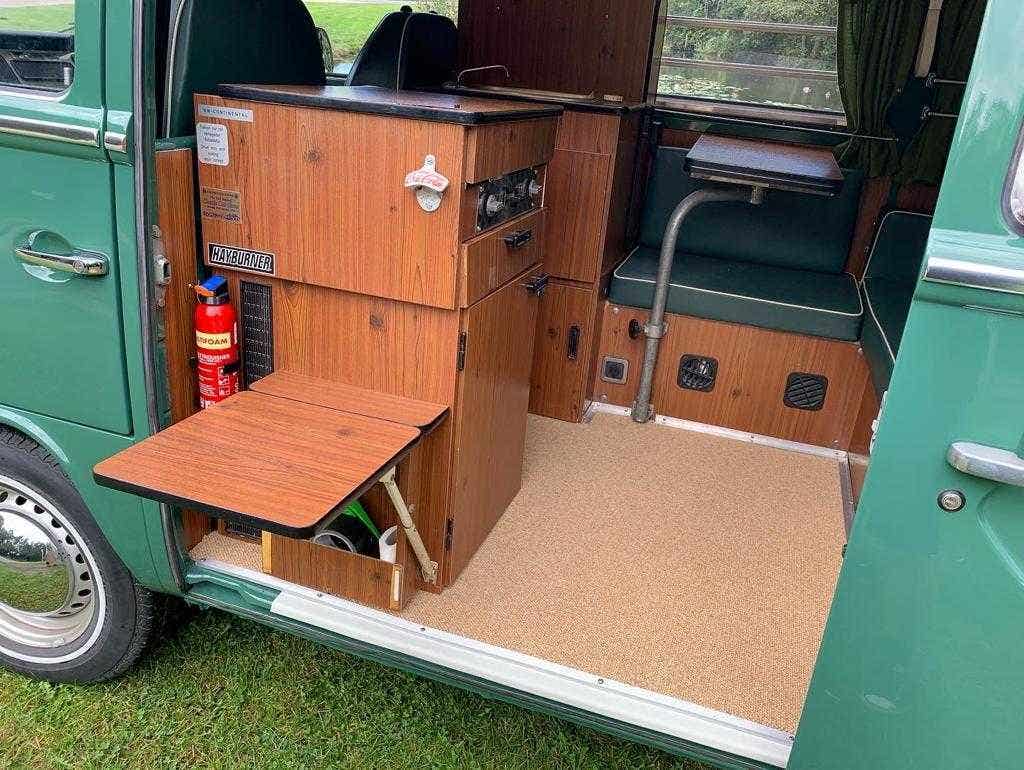

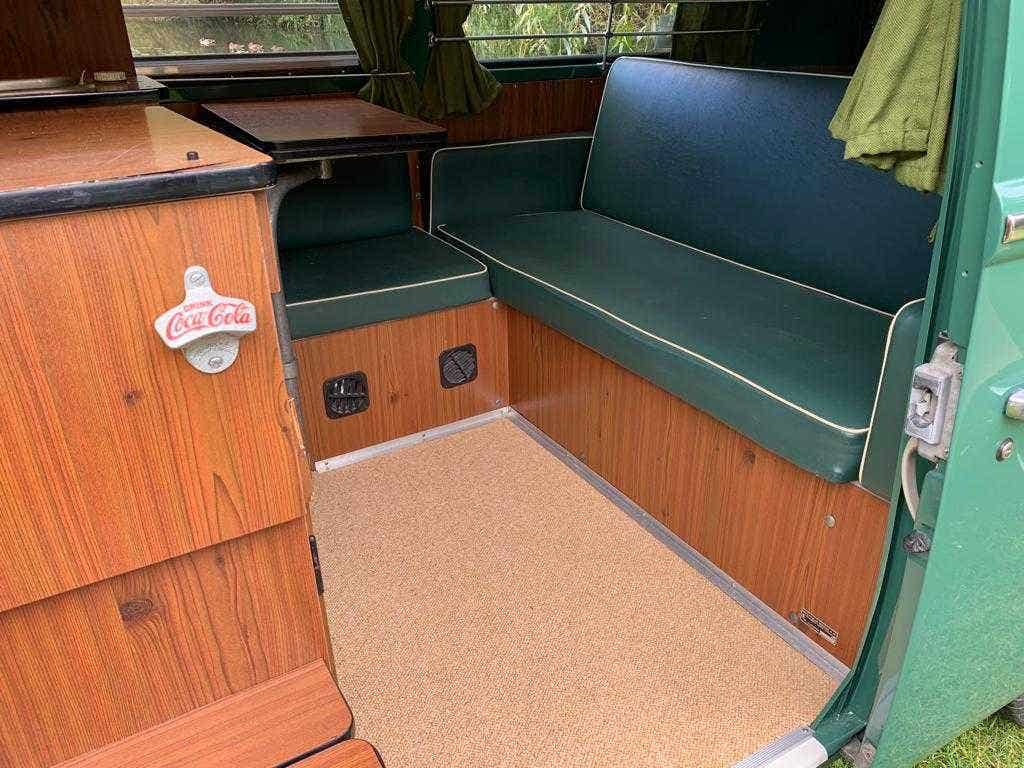



Can I fit seatbelts in the back of a VW Bay Window?
Yes. They came with seatbelt anchorage points in the back. Lap belts were common in Microbuses but you may have to work around your camping interior if you want to run three-point belts in the rear. You can browse our range of inertia and static seatbelts here, as well as our seatbelt extenders.
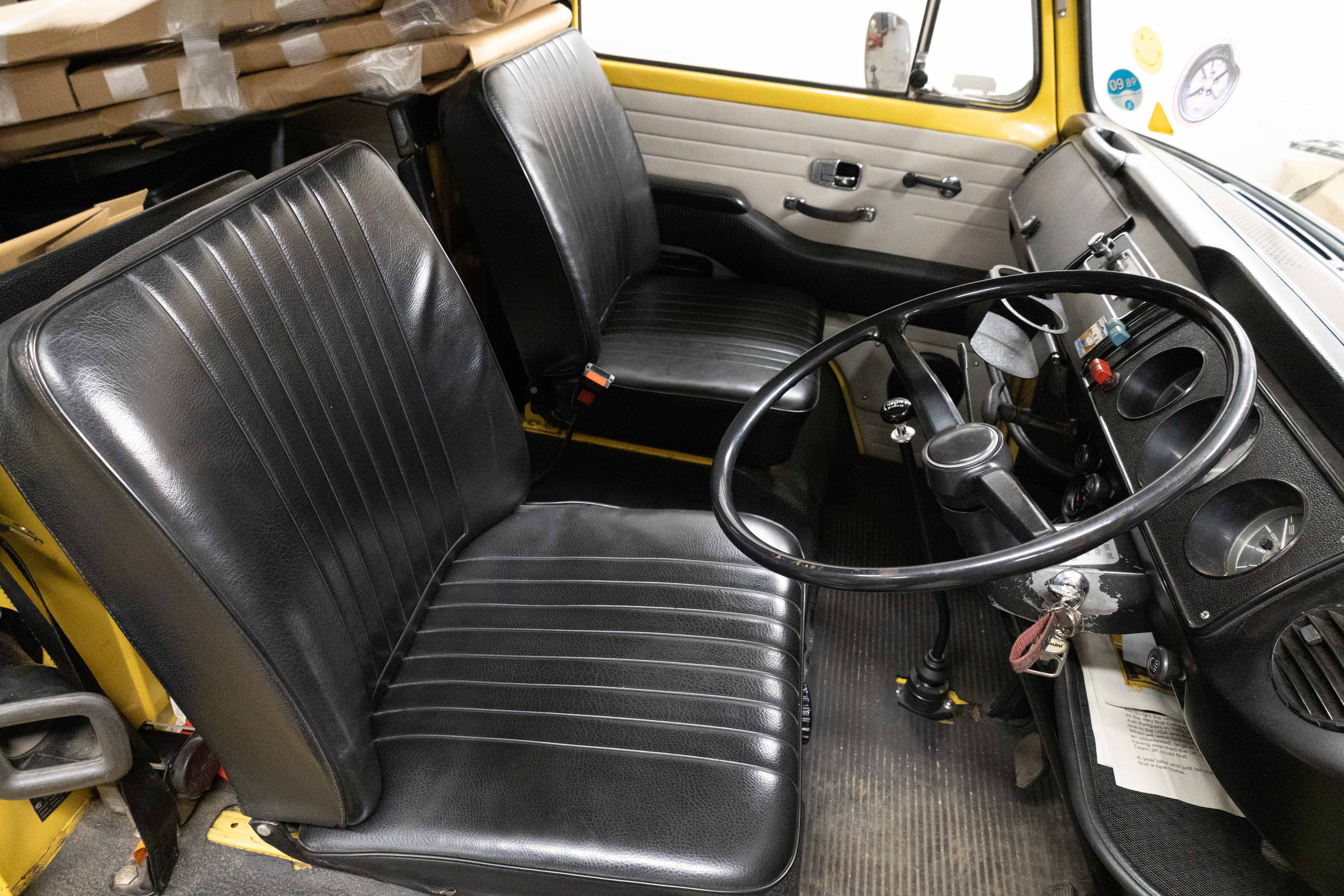

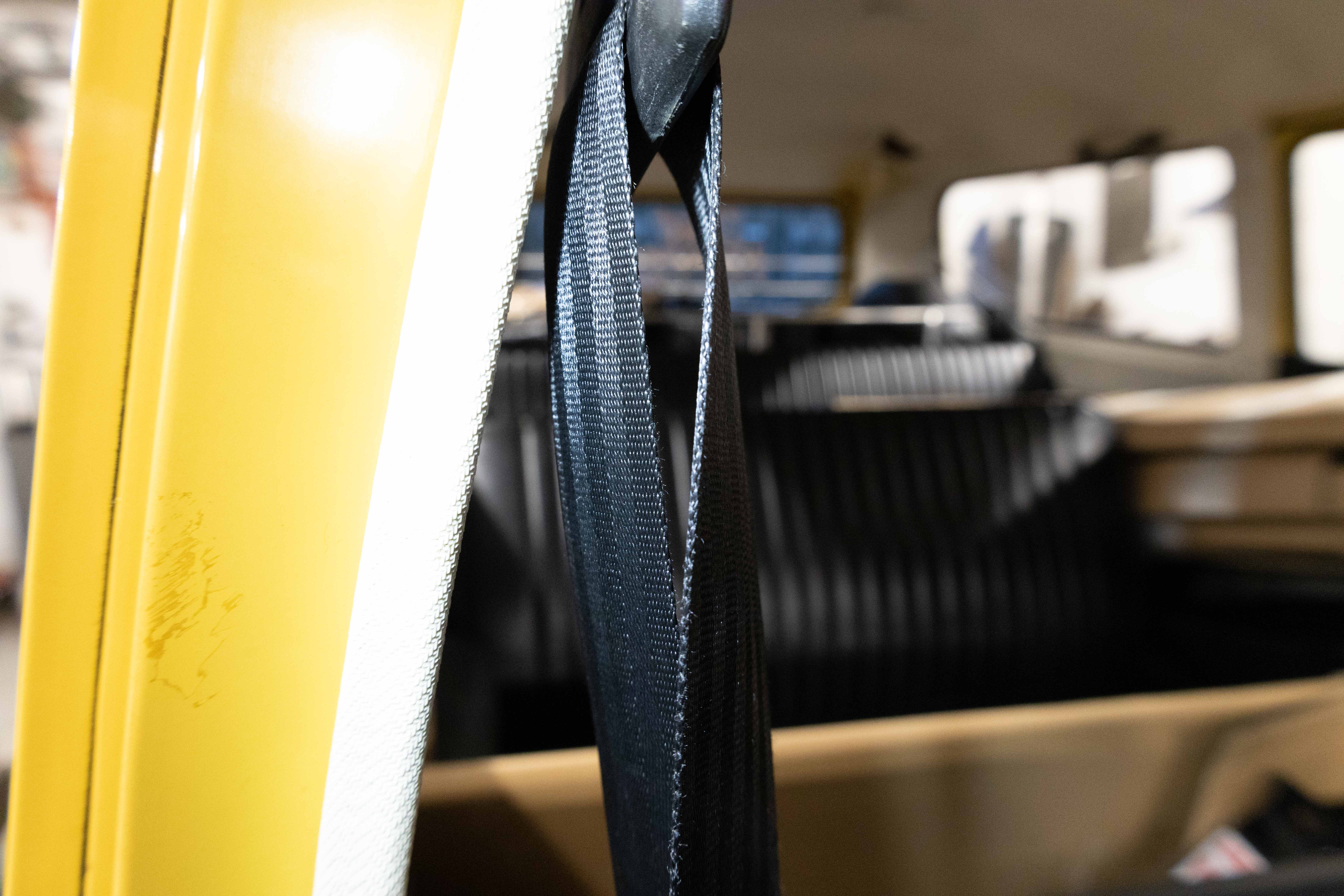

Where is the VIN number on a VW Bay Window?
You’ll find it stamped on an aluminium plate that’s riveted behind the front seats or in the engine Bay. Early Bays also have one on the top of the dashboard, down by the front air vent. Either way, make sure it all tallies up with the paperwork that comes with the Bus. These vehicles are easily stolen and can be given a new identity, if they’ve not broken for parts. Do your homework, go in with both eyes open and you can buy something that will change your life and create a lifetime of family memories.


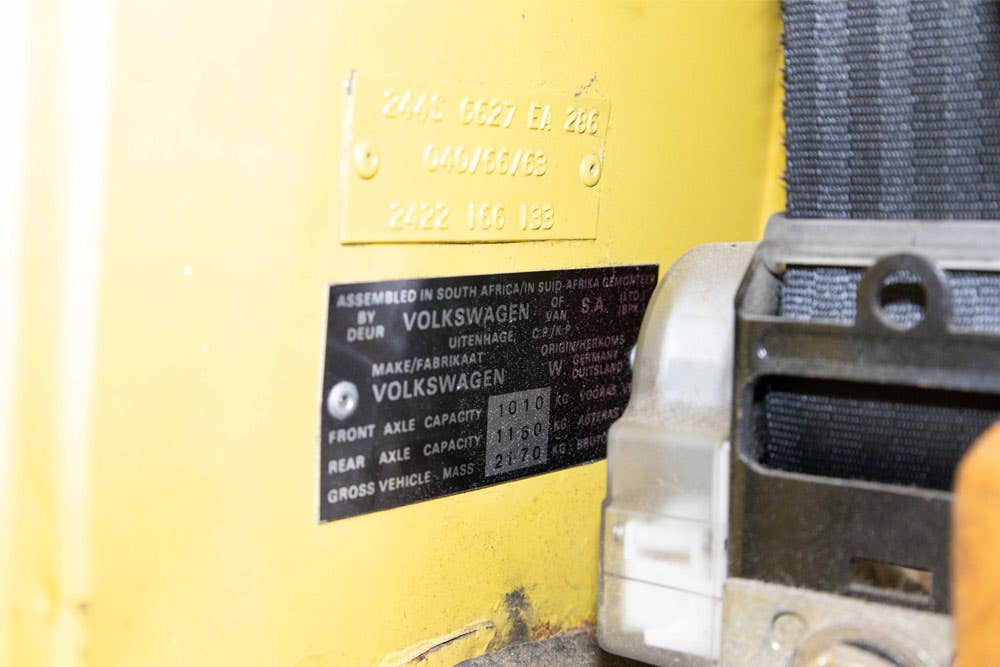

Make the most of your VW T2 Bay Window viewing
Take our handy VW Bay Window viewing checklist with you to your viewing and make sure you’re covering the critical checks.



